Medical & Health Sciences
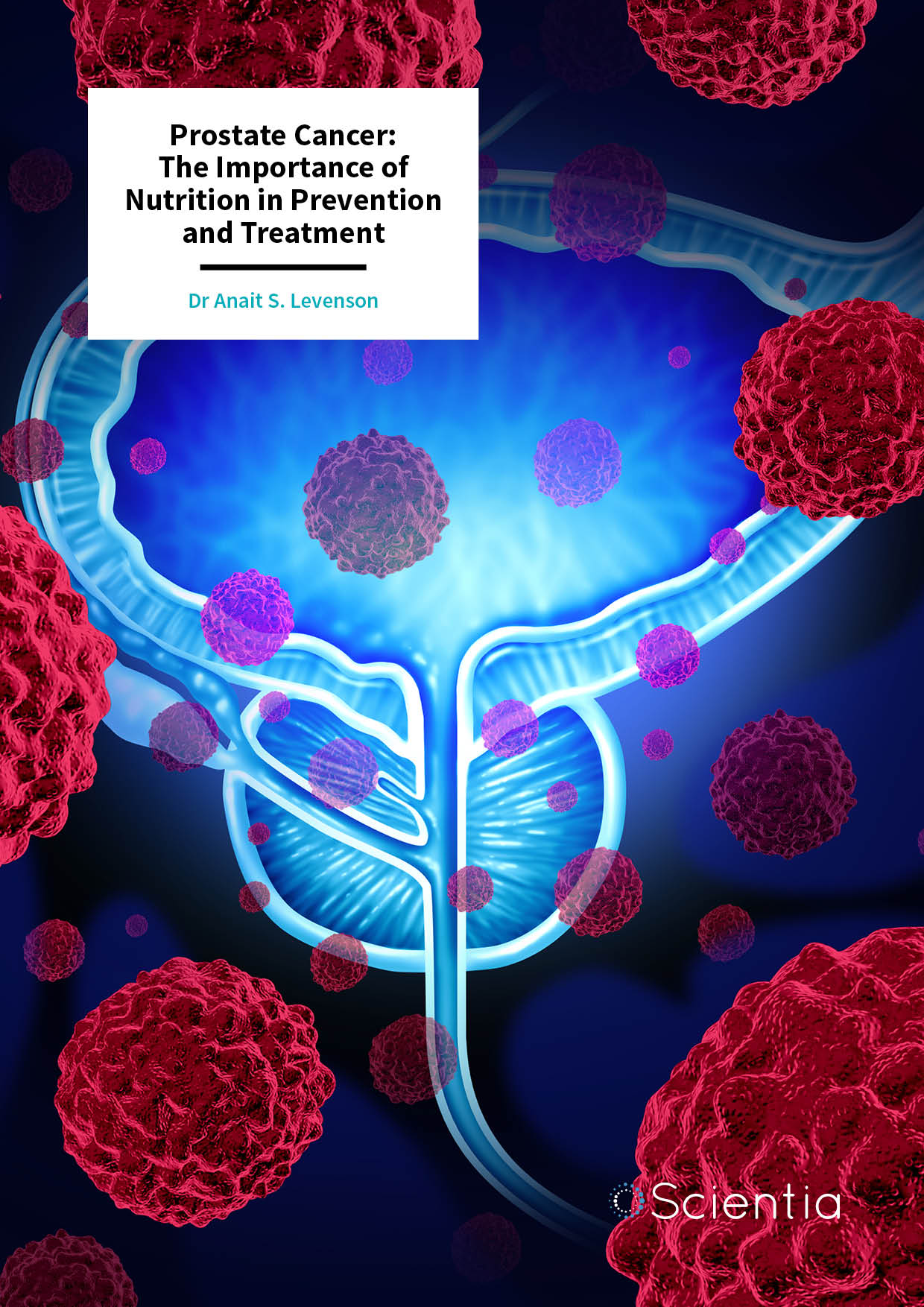
Dr Anait S. Levenson | Prostate Cancer: The Importance of Nutrition in Prevention and Treatment
Prostate cancer is a leading cause of illness and death in men around the world, and to date, no prevention strategies have been discovered. Dr Anait S. Levenson and a team of cancer researchers from Long Island University in the United States of America are working to advance our understanding of how and why prostate cancer develops. Their important work also demonstrates how compounds found in foods such as grapes and blueberries may help prevent the development and progression of cancer.
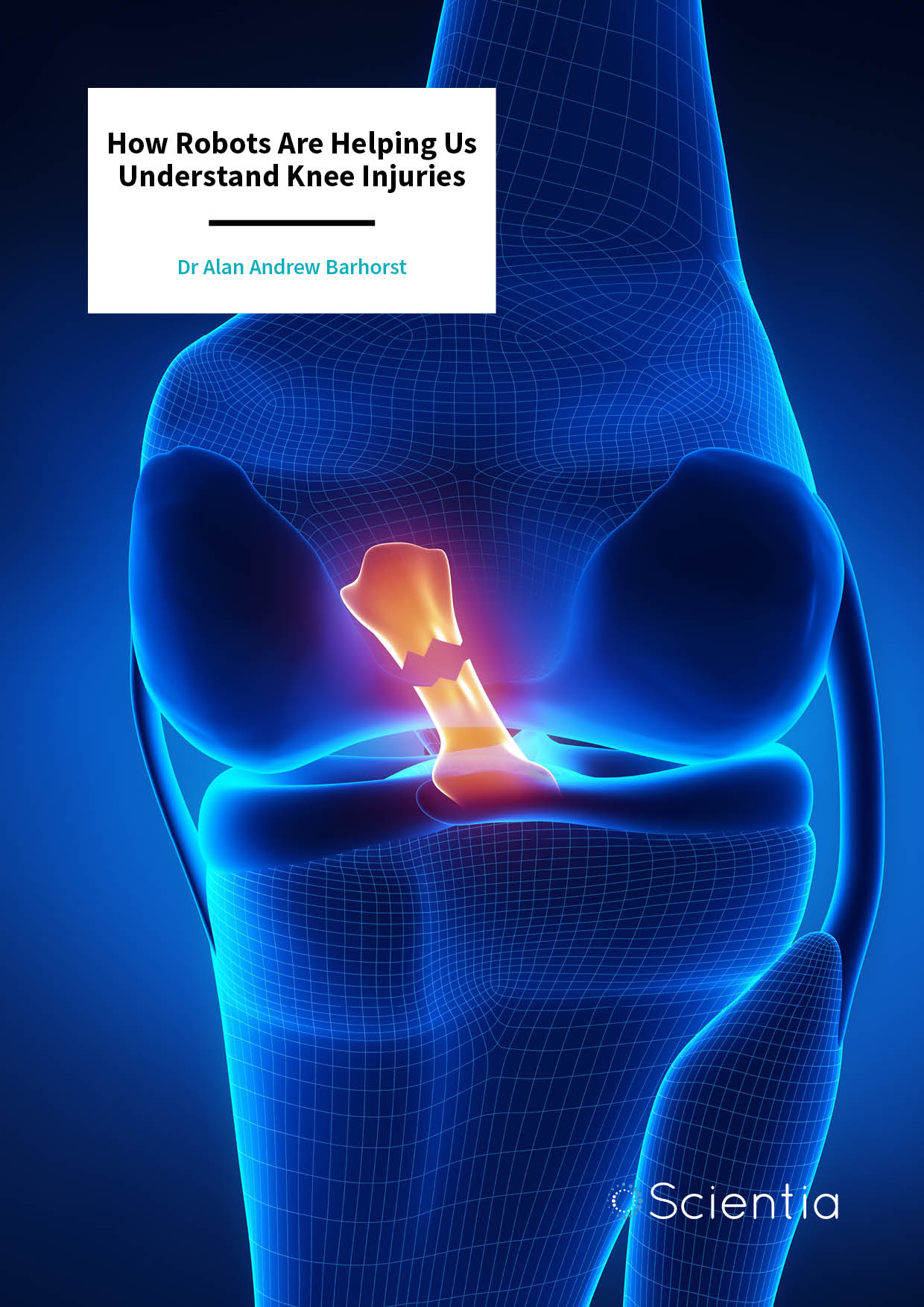
Dr Alan Barhorst | How Robots Are Helping Us Understand Knee Injuries
Knee injuries can be notoriously complex. In recent years, many studies have attempted to investigate a potential link between the geometry of the knee and the risk of injury to a ligament called the ACL (anterior cruciate ligament). Dr Alan Barhorst from the University of Lousiana at Lafayette, alongside colleague Mr Ross Wilson, enlisted the help of two robots to perform a biomechanical study of this phenomenon. Their findings provide valuable insight into our vulnerability to ACL injuries.
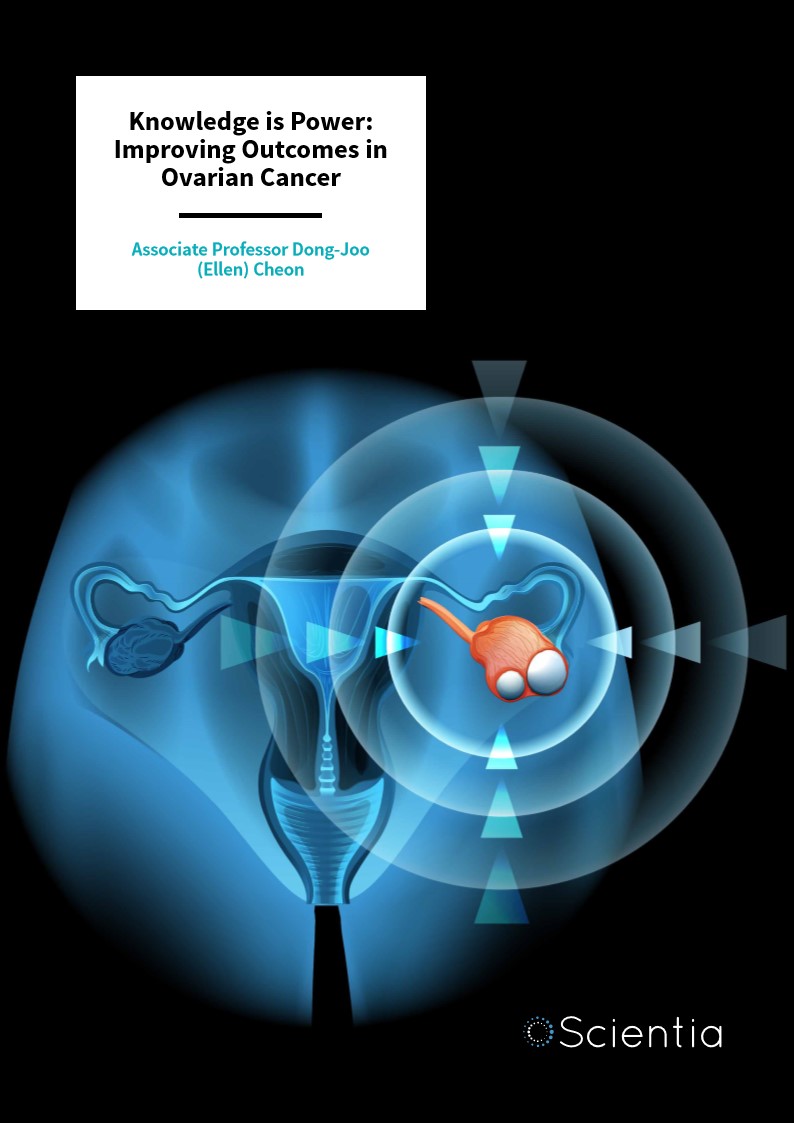
Associate Professor Dong-Joo (Ellen) Cheon | Knowledge is Power: Improving Outcomes in Ovarian Cancer
Ovarian cancer is the second most common gynecological cancer and has the highest mortality rate of all female reproductive cancers in the United States. A lack of early detection, typically aggressive progression, and rapid development of resistance to chemotherapy are key contributing factors to the mortality rate. Dr. Dong-Joo (Ellen) Cheon and her team at Albany Medical College are working to determine the role of key players in the resistance to chemotherapy treatments and examining how best we can target these therapeutically to improve survival.
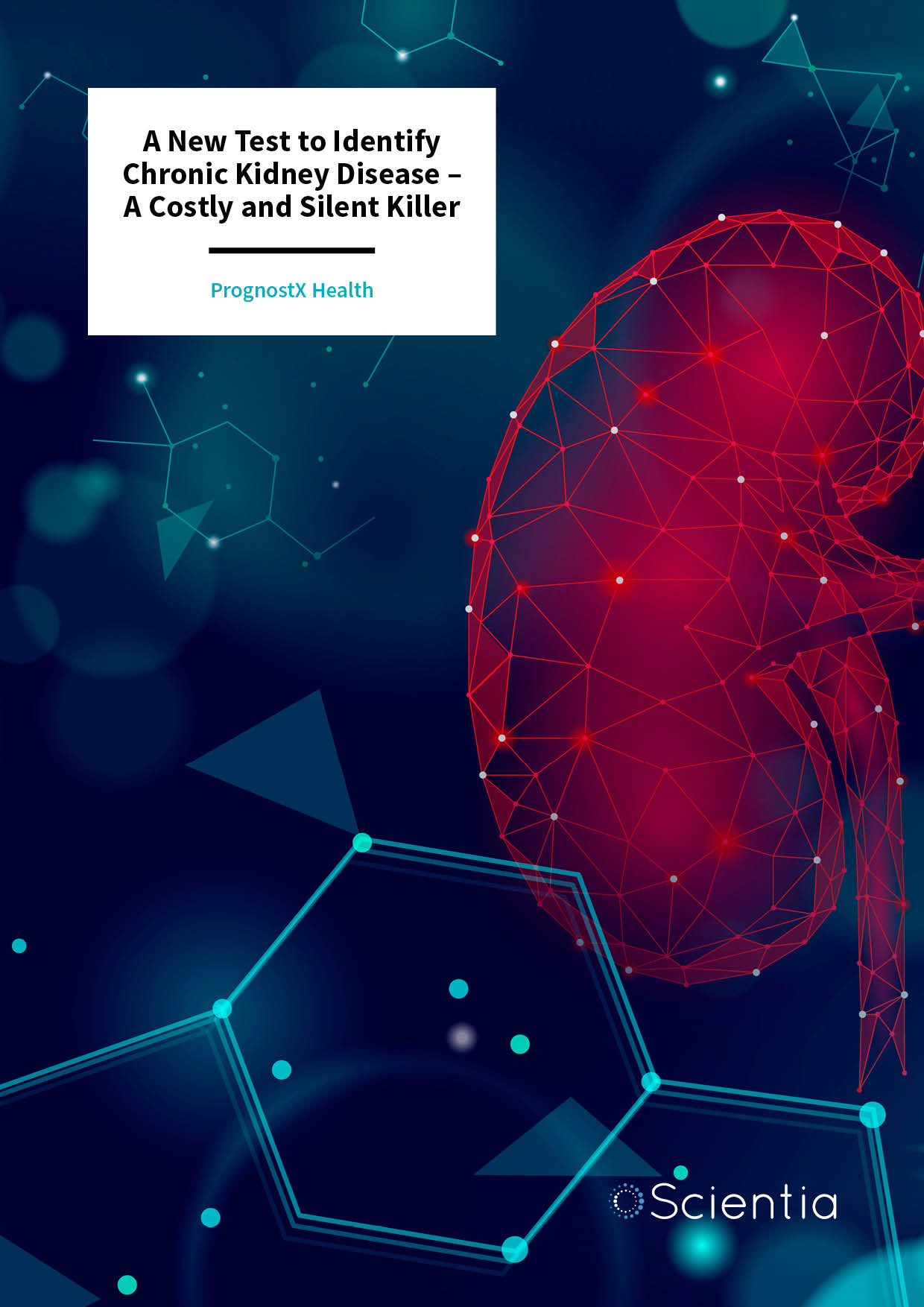
PrognostX Health | A New Test to Identify Chronic Kidney Disease – A Costly and Silent Killer
Chronic kidney disease is a common but irreversible condition with an increasing worldwide prevalence. The significant patient morbidity and mortality are accompanied by an unmet clinical need for more effective testing methods to identify affected patients and patients at high risk at the early stages of the disease, before it becomes irreversible. Dr. Aaron Carrithers and Dr. Stephen Carrithers at PrognostX Health have developed a new test to help reduce the number of patients progressing to late-stage chronic kidney disease and end-stage renal disease, aiming to improve human health and reduce the financial burdens on our pressured healthcare systems.
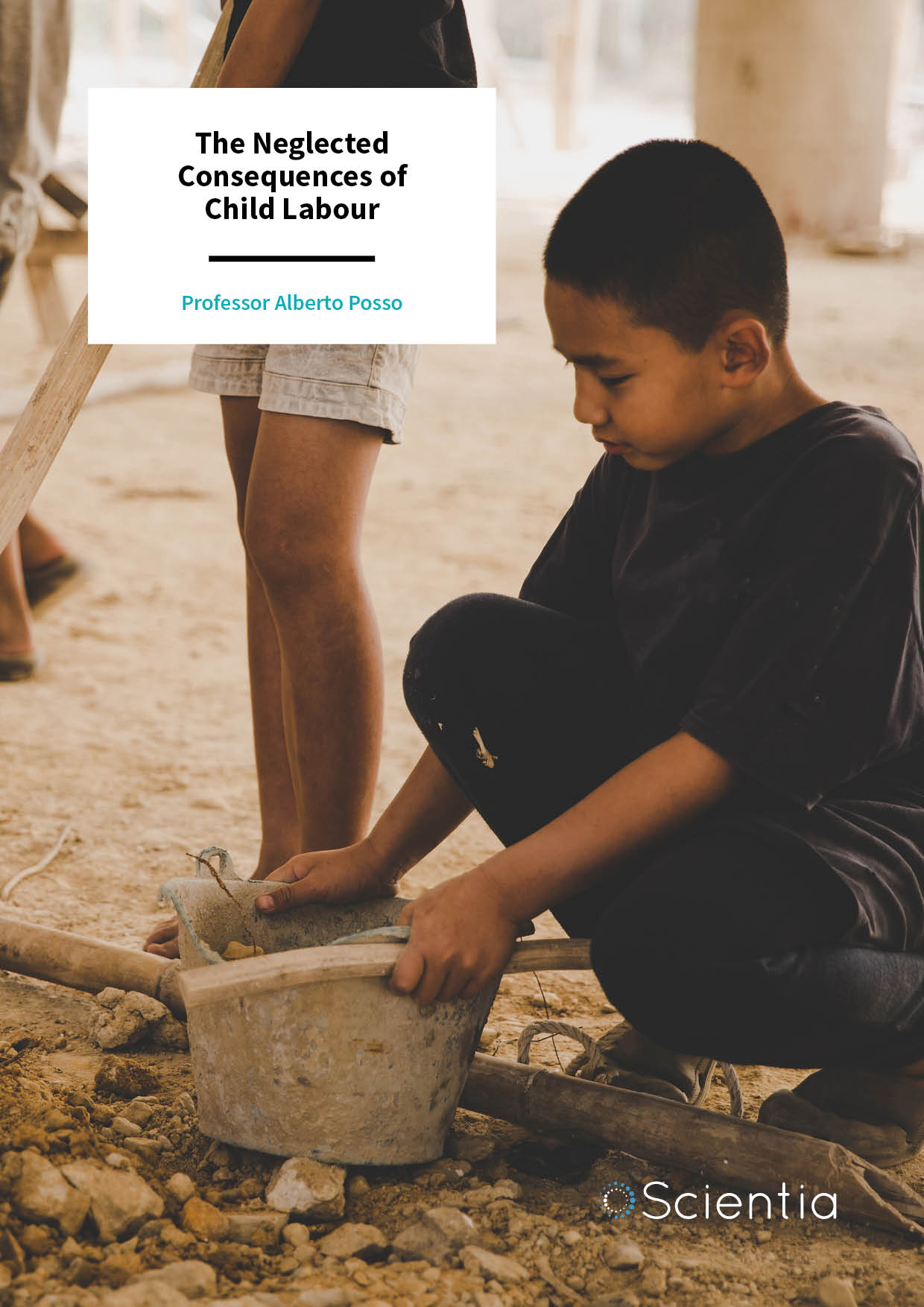
Professor Alberto Posso – The Neglected Consequences of Child Labour
Child labour is a major social problem that contributes to poor physical health and lower educational achievement. Professor Alberto Posso (Royal Melbourne Institute of Technology) worked with Professor Simon Feeny (Royal Melbourne Institute of Technology), Dr Ahmed Skali (University of Groningen), Professor Amalendu Jyotishi (Azim Premji University), Dr Shyam Nath (Amrita University) and Dr P. K. Viswanathan (Amrita Vishwa Vidyapeetham) to address important gaps in the literature by conducting a large-scale study of children in rural areas of India. This work confirms the hugely negative impact of child labour on psychosocial well-being and opens up important implications for policy, practice and future research.
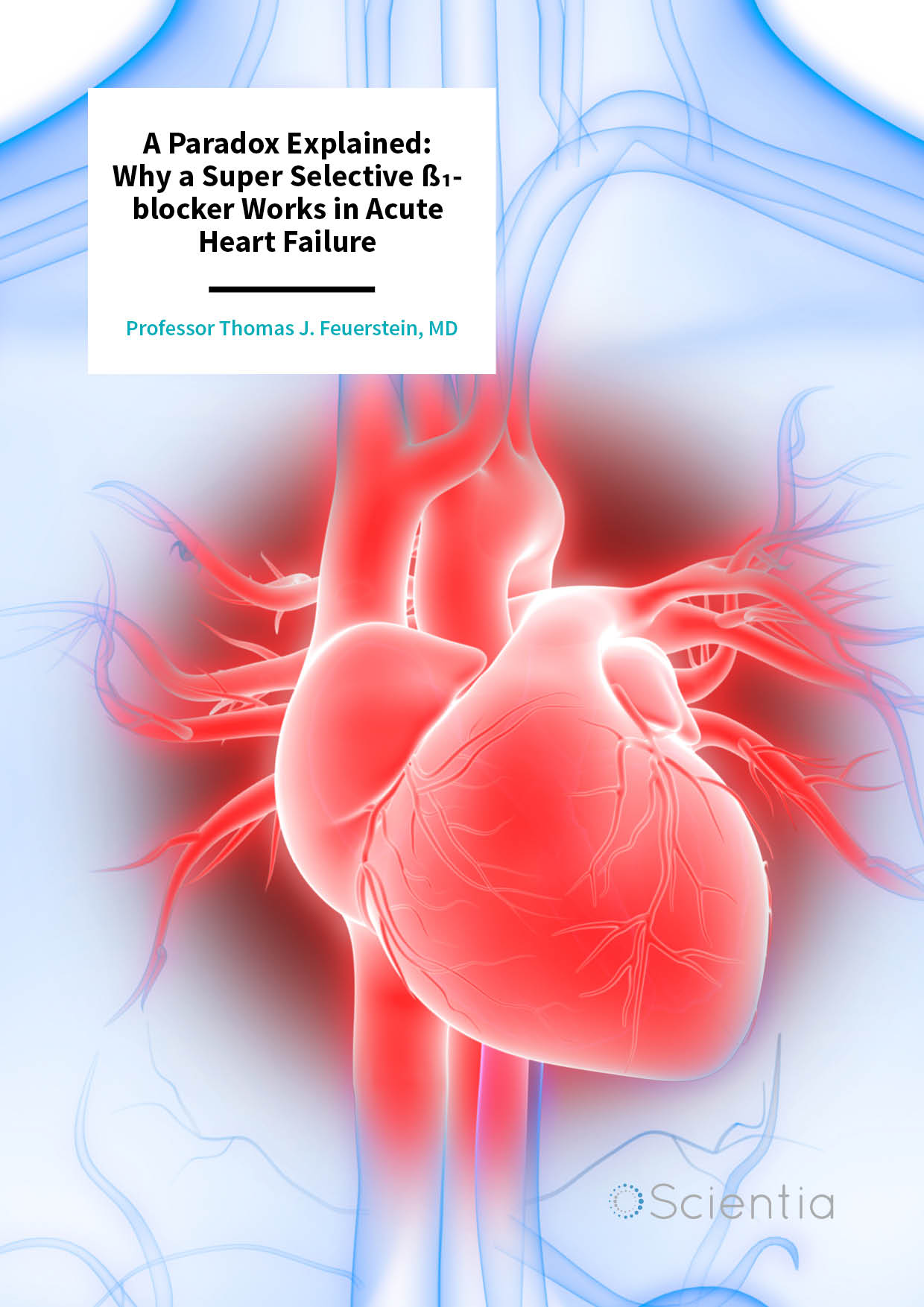
Professor Thomas Feuerstein | A Paradox Explained: Why a Super Selective β1-blocker Works in Acute Heart Failure
β1-adrenoceptors are found in the heart where they bind neurotransmitters/hormones such as noradrenaline and adrenaline. The binding of these β1-adrenoceptors agonists activates a response in the heart muscle that helps regulate the heart’s beat and contractile force. Drugs that block the action of these receptors are an established treatment for those suffering from left ventricular dysfunction due to chronic heart failure. However, their use in the acute setting is controversial. Professor Thomas Feuerstein of the University Hospital Freiburg in Germany and Dr Günther Krumpl of the Medical Research Network in Vienna are challenging these sceptical attitudes through mathematical modelling.
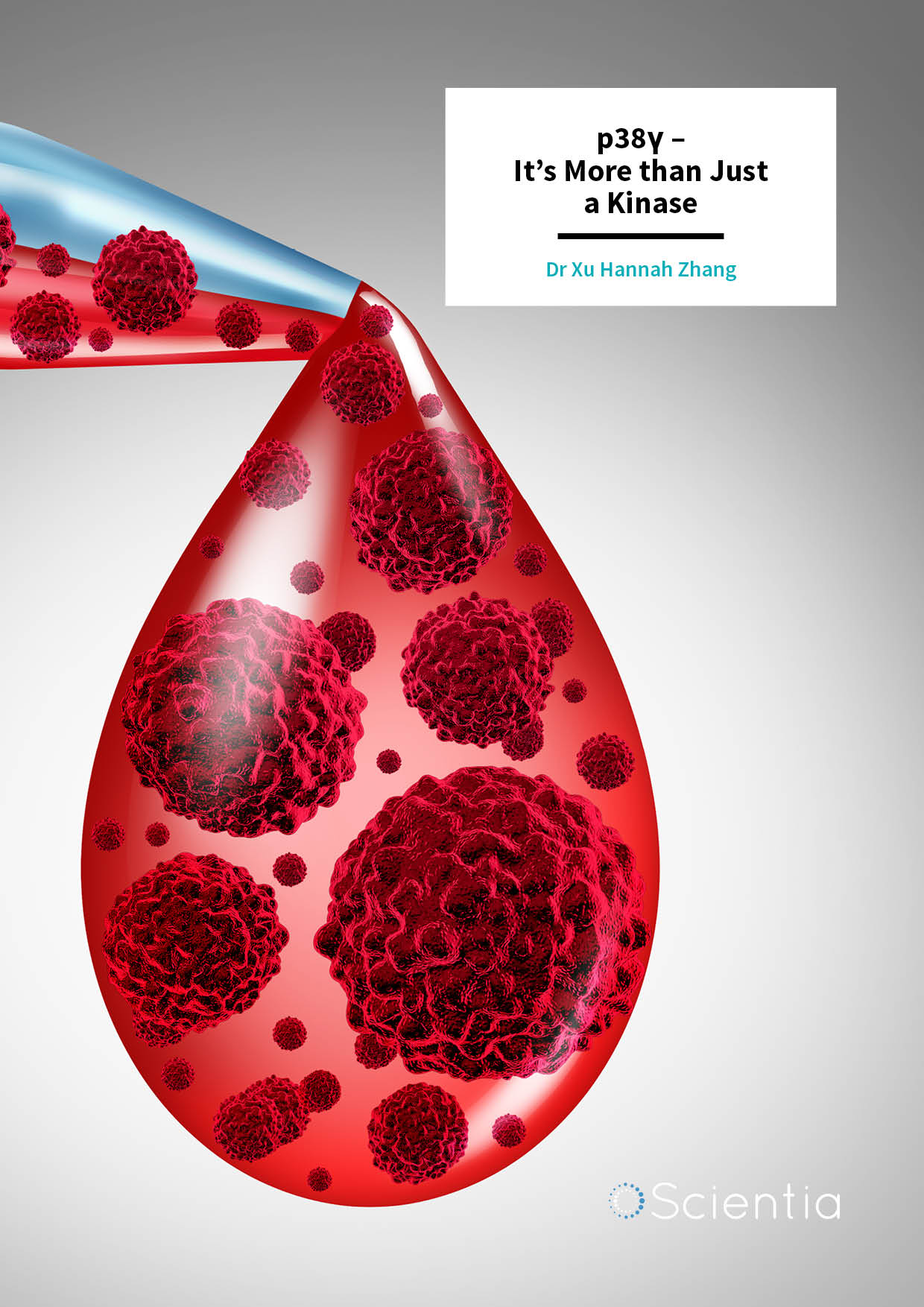
Dr Xu Hannah Zhang | p38γ – It’s More than Just a Kinase
Kinases take energy from adenosine triphosphate molecules to fuel other molecules in performing vital biological processes. Dr Xu Hannah Zhang at City of Hope, Los Angeles, has worked with colleagues to better understand the p38 family of kinases, and in particular, how the p38γ isoform plays a role in cancer. Her work has shown – for the first time – that p38γ is much more than just a kinase, and her recent studies point to new avenues in the search for cutaneous T-cell lymphoma therapeutics.
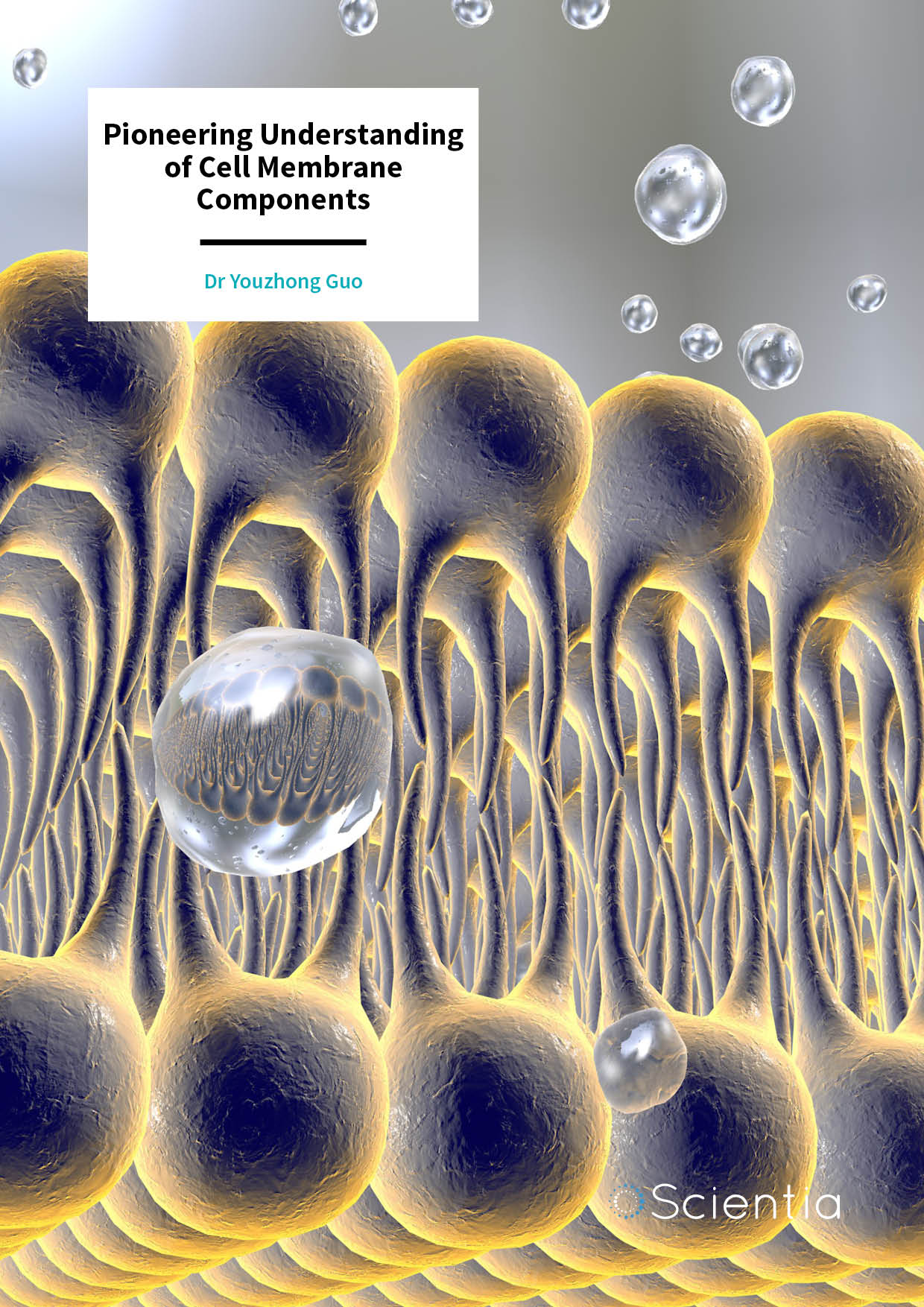
Dr Youzhong Guo | Pioneering Understanding of Cell Membrane Components
Cell membranes are critical for cellular life. The effective extraction of proteins and lipids from cell membranes is a necessity for research, but traditional methods may damage the membrane components and limit the accuracy of data. Dr Youzhong Guo at Virginia Commonwealth University has recently developed a revolutionary method for the extraction of membrane components in the format of native cell membrane nanoparticles to allow in-depth structural studies of membrane proteins whilst preserving functionality and limiting damage to vital mechanisms. This exciting work is driving forward the understanding of the structure, function and protein-lipid interactions of membrane protein.

Dr Birgitta Dresp-Langley | An Exciting New Perspective on the How and Why of Consciousness
Consciousness is a vast and complex topic. Dr Birgitta Dresp-Langley, Research Director at the Centre National de la Recherche Scientifique (CNRS) in France, takes a revolutionary and exciting new perspective in her reasoning on how consciousness came to be and how we can harness its power for a better world.
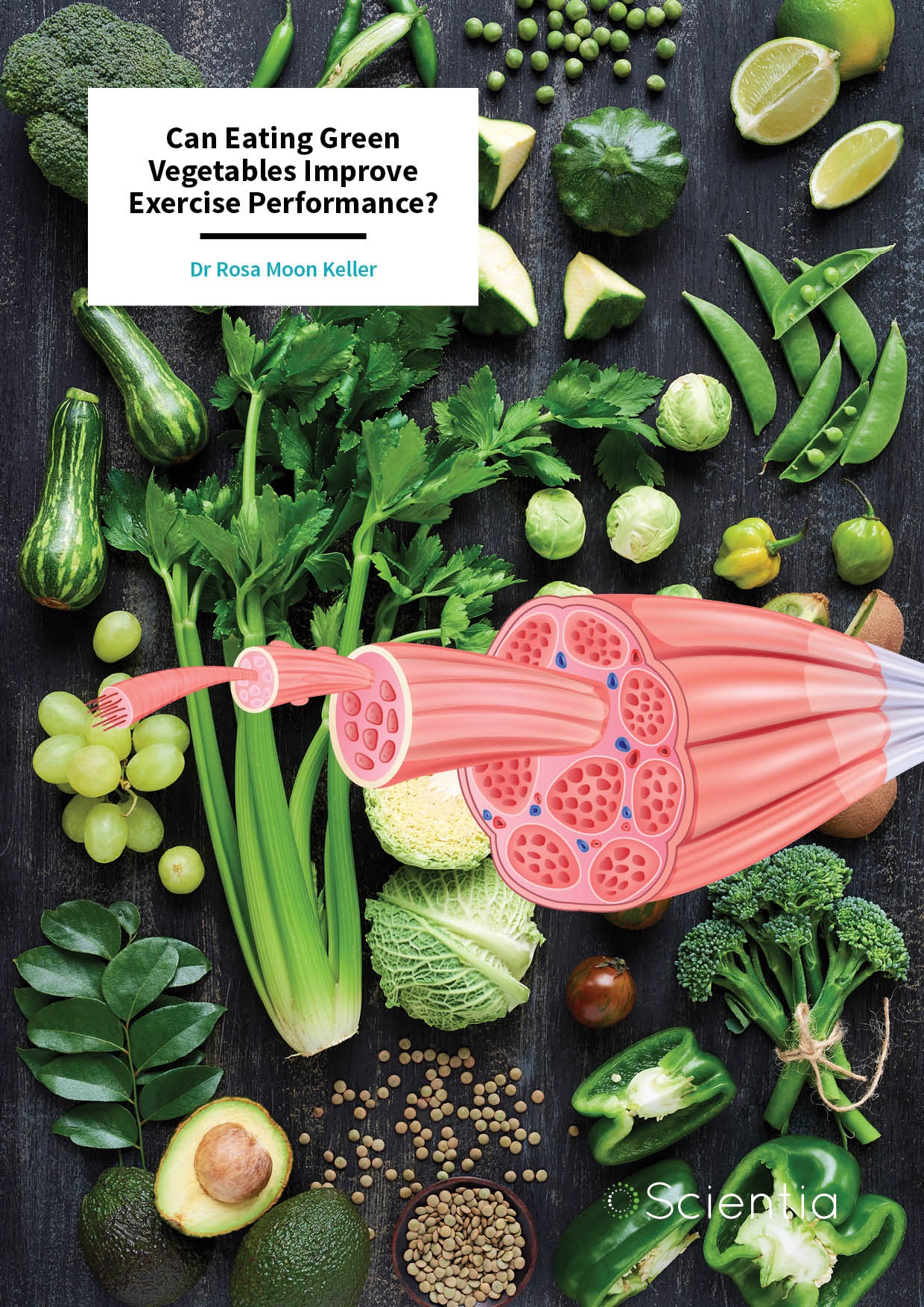
Dr. Rosa Keller | Can Eating Green Vegetables Improve Exercise Performance?
Recent work in humans and rodents suggests that consuming nutrients rich in nitrate improves exercise performance, although scientists do not fully understand the mechanisms behind this phenomenon. Dr. Rosa Keller from Oregon State University in the USA, worked with colleagues to investigate the effects of nitrate on muscle function. Unconventionally, the scientists decided to study the effect of nitrate in zebrafish. They observed that keeping fish in nitrate-containing water increased their ability to swim for extensive periods. Analysing chemical changes in the treated animals provided major novel insights into the inner workings of energy use during exercise.
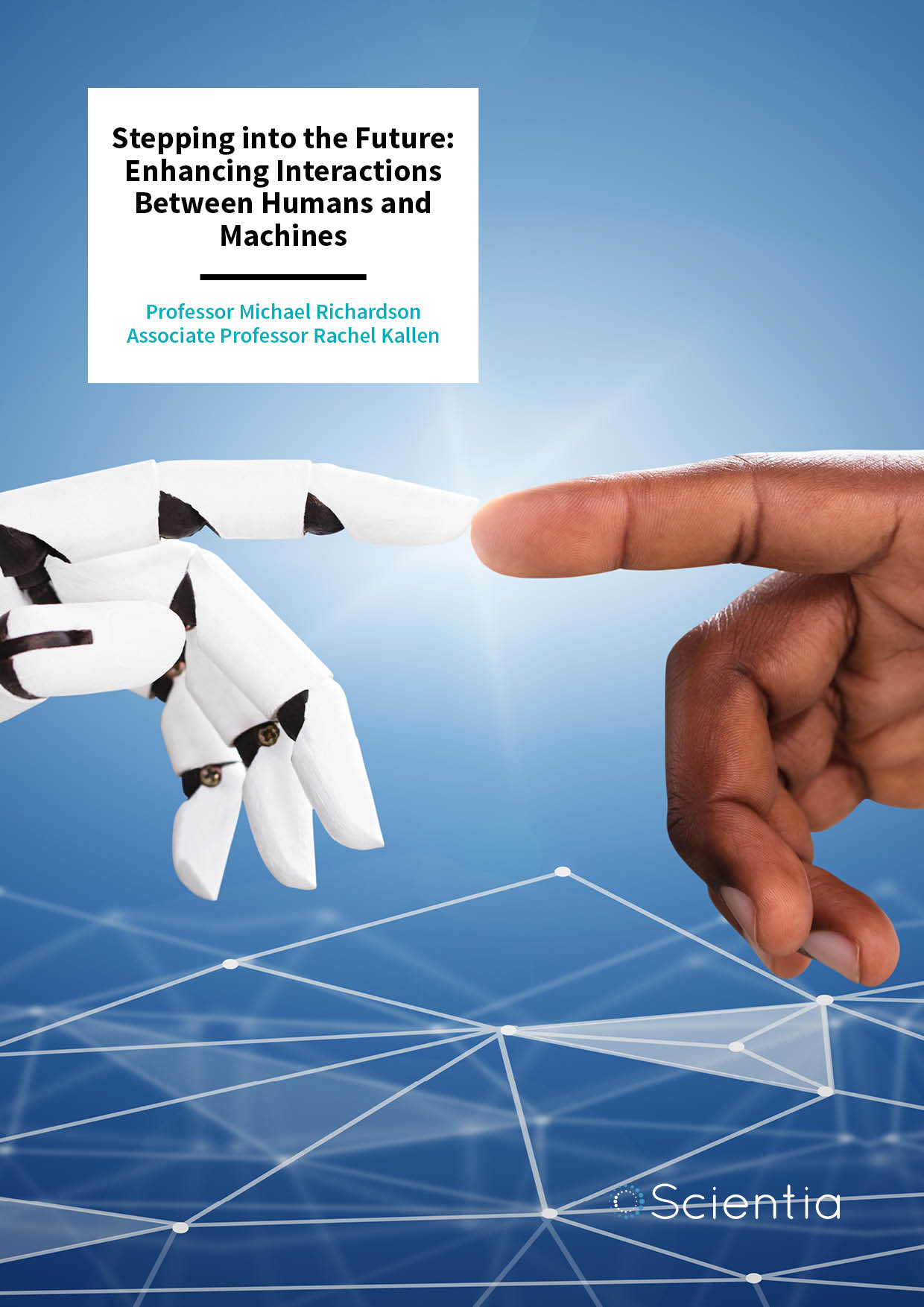
Dr Michael Richardson – Dr Rachel Kallen | Stepping into the Future: Enhancing Interactions Between Humans and Machines
Dr Michael Richardson and Dr Rachel Kallen from Macquarie University in Sydney have demonstrated through a wide body of research, that machines can play a vital role in collaborating with humans on perceptual-motor tasks. A key focus of Dr Richardson and Dr Kallen’s cutting-edge research is enhancing the performance of artificial agents using dynamic motor primitives, to create more natural and effective interactions with humans.

Dr Alessia Besford | Understanding the Crown of a Nanoparticle
Medical nanoparticles are an innovative method of delivering drugs to highly specific locations in the body, such as tumours or across the blood-brain barrier. Once a nanoparticle has entered the bloodstream, it forms a crown of surrounding biomolecules called a corona. The composition of this corona depends on its biological environment and the material of the nanoparticle itself and it has significant implications for how the nanoparticle interacts with the human body. Dr Alessia Besford from the Leibniz Institute of Polymer Research Dresden studies these interactions and how they can be refined to develop more effective medical nanoparticles.
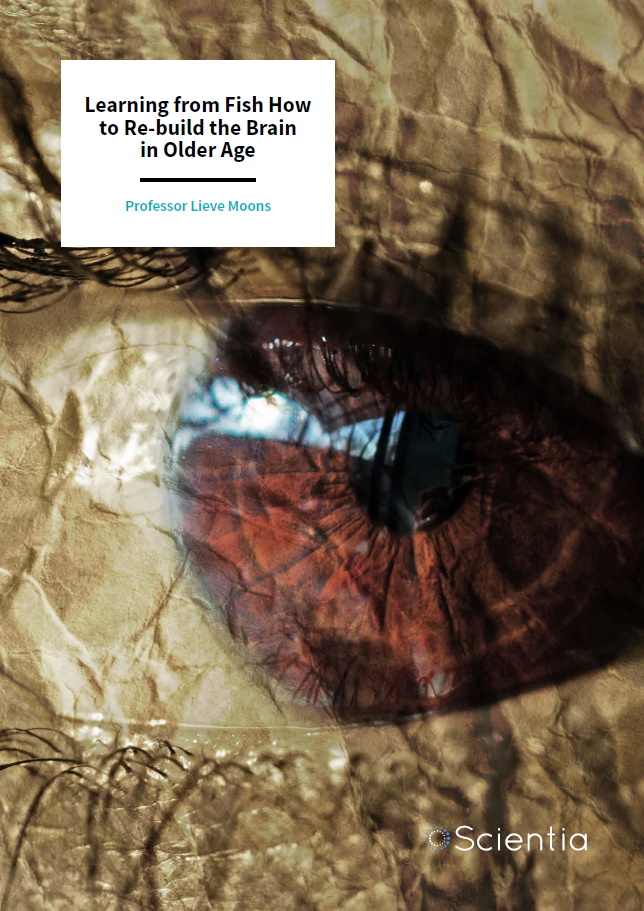
Professor Lieve Moons | Learning from Fish How to Re-build the Brain in Older Age
Worldwide, people are living longer lives. One outcome of this is that the prevalence of neurodegenerative diseases whereby the cells in the brain stop working or even die, is also increasing. Based in KU Leuven’s Department of Biology, Belgium, Professor Lieve Moons has been working to better understand how the central nervous system can regrow and repair, with a particular focus on ageing. Her work has important implications for identifying new therapeutic targets for neurorepair in elderly humans.
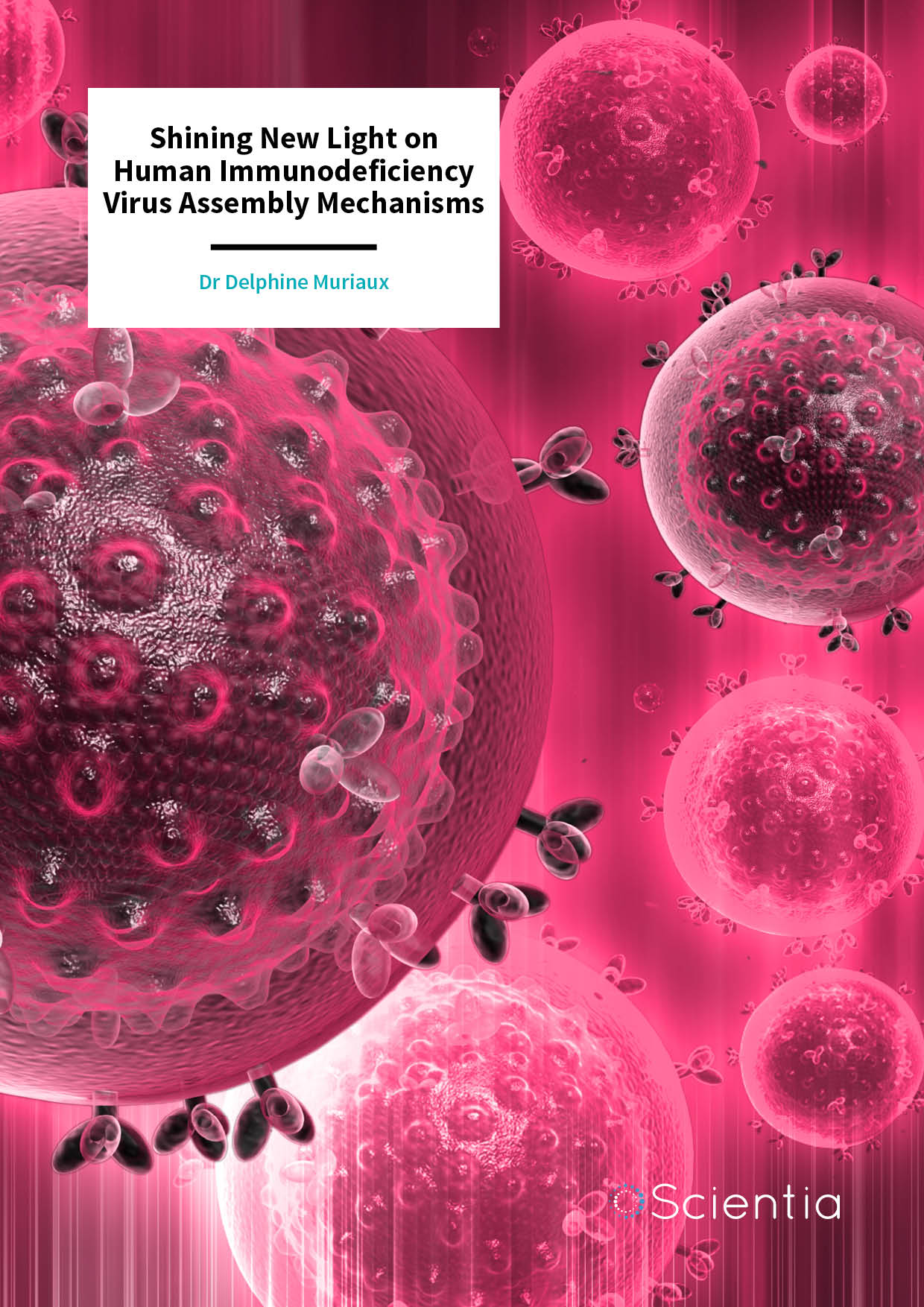
Dr Delphine Muriaux | Shining New Light on Human Immunodeficiency Virus Assembly Mechanisms
People living with human immunodeficiency virus (HIV) now have very effective treatment options to allow them to live long lives but the need for new and improved therapeutics remains. Dr Delphine Muriaux from Le Centre national de la recherche scientifique (CNRS) in Montpellier, France, researches HIV infection and replication utilising advanced state-of-the-art microscopy. This super-resolution imaging has led to new findings on the importance of the HIV-1 Gag proteins and the cellular host co-factor IRSp53, a membrane curving protein, and how they interact with host cell membranes.
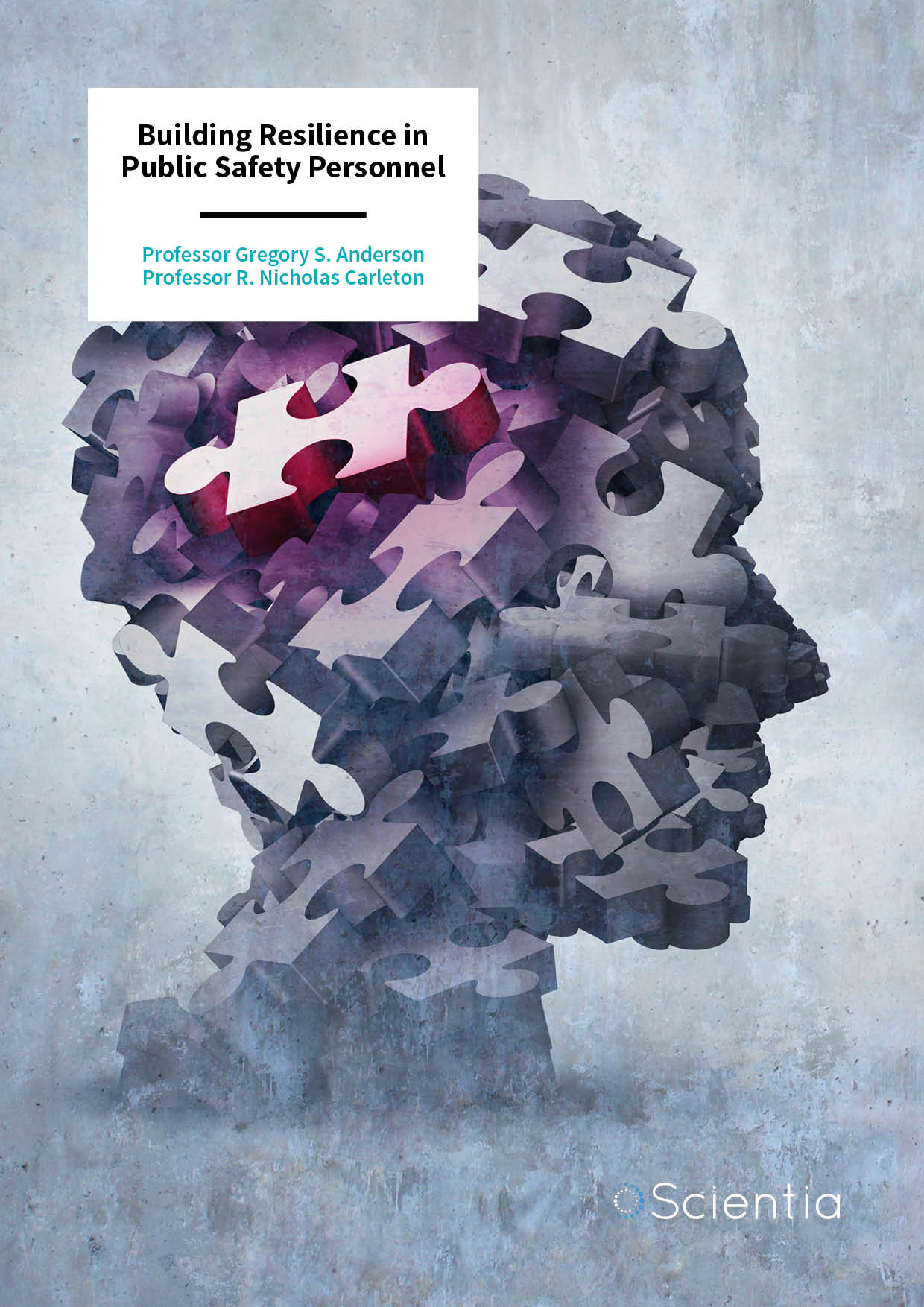
Professor Gregory S. Anderson | Professor R. Nicholas Carleton – Building Resilience in Public Safety Personnel
While it is impossible to imagine a stress-free working environment, border services personnel, correctional workers, firefighters, operational and intelligence personnel, paramedics, police, public safety communicators, and search and rescue personnel are regularly exposed to dramatic, potentially psychologically traumatic experiences. Unsurprisingly, people working in these professions suffer from mental health challenges more often than the general population. The research of Professors Anderson and Carleton focuses on improving the well-being of these key workers in Canada.
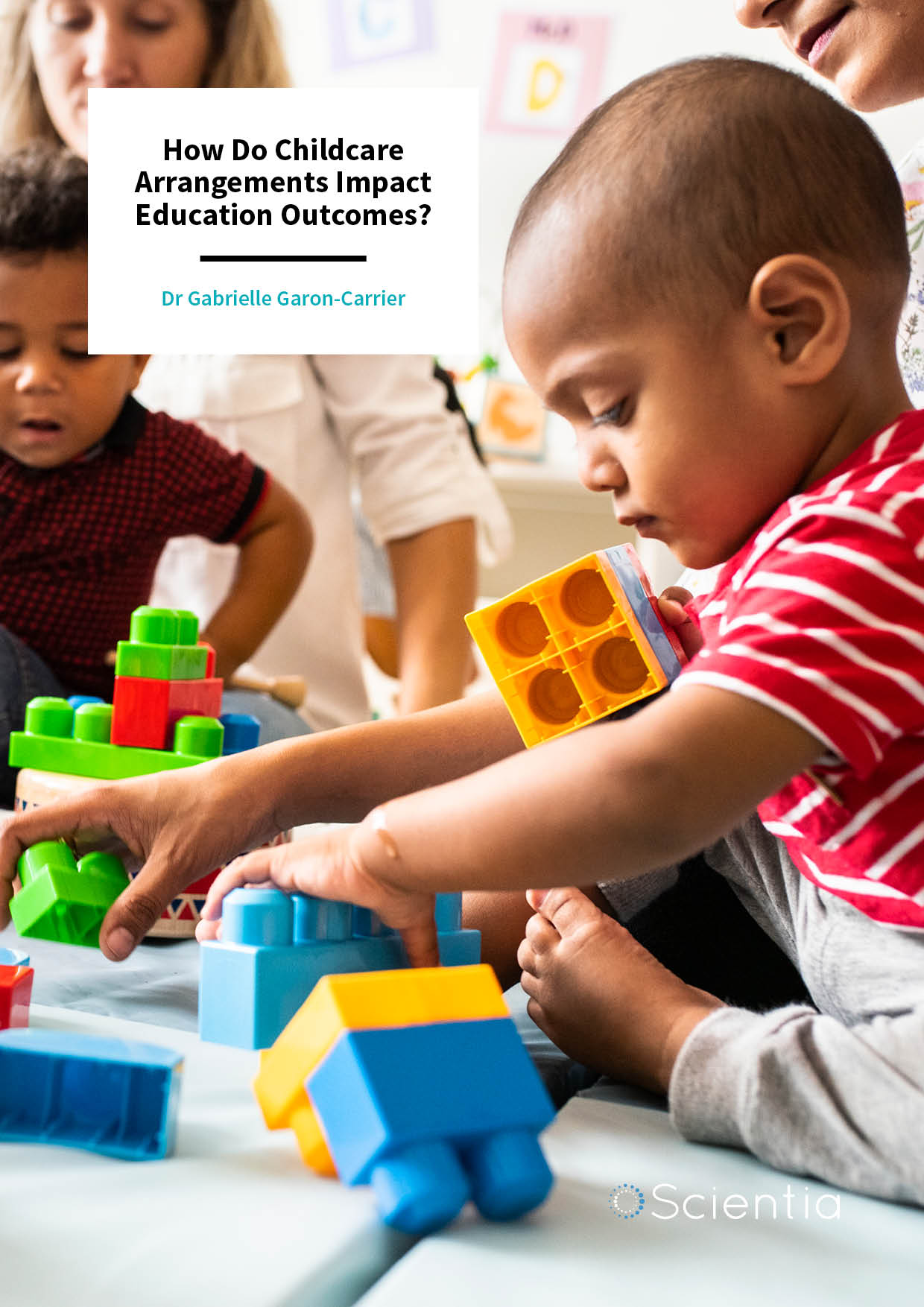
Dr Gabrielle Garon-Carrier | How Do Childcare Arrangements Impact Education Outcomes?
A stimulating and nurturing early childhood experience is critical to achieving better educational outcomes in later life. But what are the best childcare arrangements? Is it better to be looked after by family members or a nanny at home, or would care provided by qualified carers in a more structured environment bring additional benefits? A large study by Dr Gabrielle Garon-Carrier, from the Université de Sherbrooke, Quebec, Canada, sought to find answers to these burning questions.
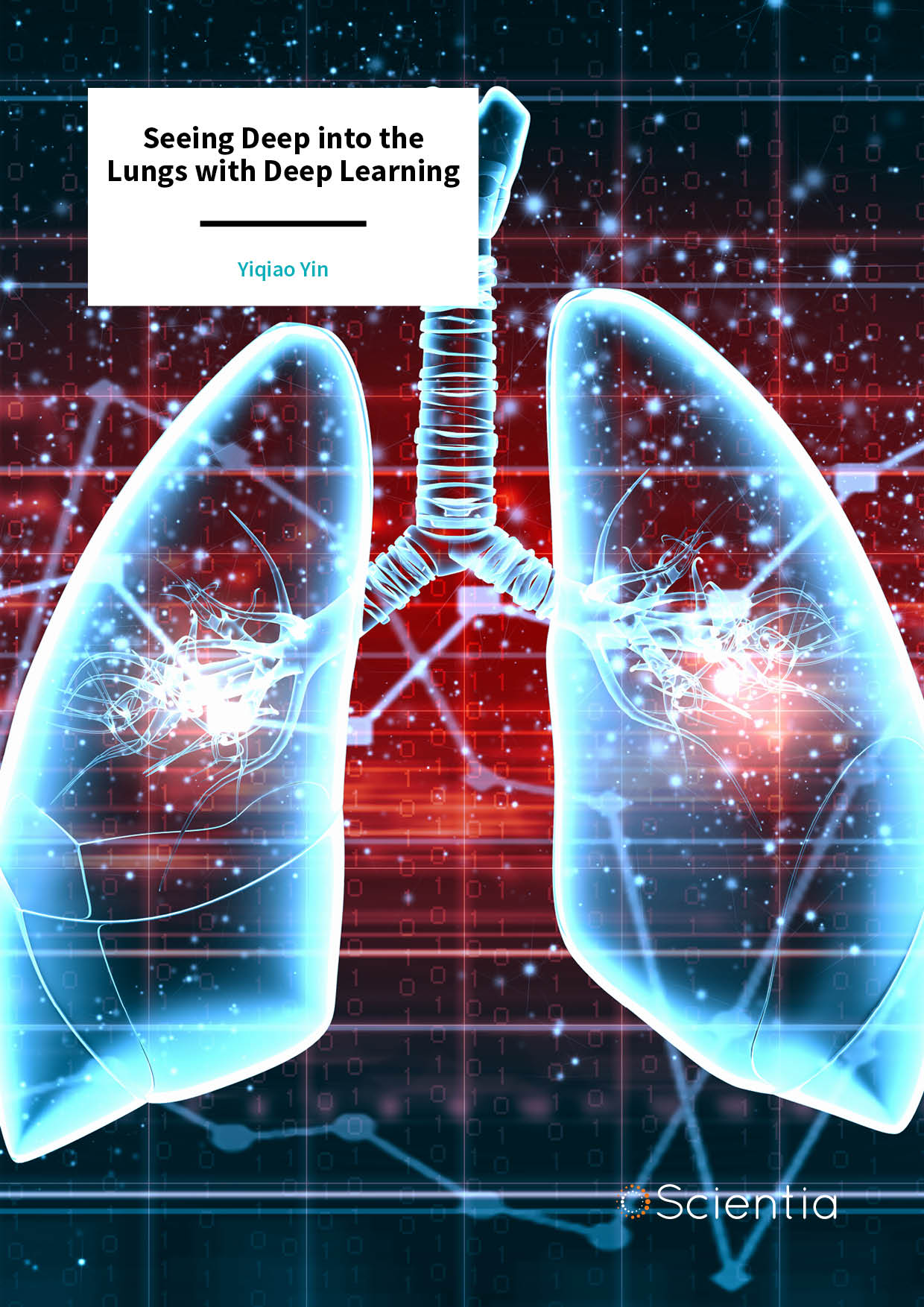
Yiqiao Yin | Seeing Deep into the Lungs with Deep Learning
X-rays and other forms of medical imaging let doctors peer into the body, revealing the internal structure of organs and tissues without invasive surgery. Doctors use the results to identify abnormalities such as broken bones, diagnose diseases such as cancer, or even monitor the health of a foetus within the womb. Although this technology is remarkable, the images aren’t useful in isolation. Experts must analyse the resulting data and parse what is healthy or unhealthy from the noise. Yiqiao Yin, Jaiden Schraut, Leon Liu and Jonathan Gong have created new machine learning technologies to support that crucial interpretation, focusing on X-rays and lung health.

Dr Orlando Auciello | Ultrananocrystalline Diamond Coatings for Transformational Medical Devices and Prostheses
Far from the days of being exclusively used in jewellery, diamond is finding a new lease of life as a coating for a wide variety of new medical devices and prostheses. In his recent book, Dr Orlando Auciello discusses his research in materials science and device development for medical applications. He evaluates how ultrananocrystalline diamond (UNCD) coatings can be used to improve upon existing biomedical technologies, with the goal of providing a better quality of life for countless patients around the world.
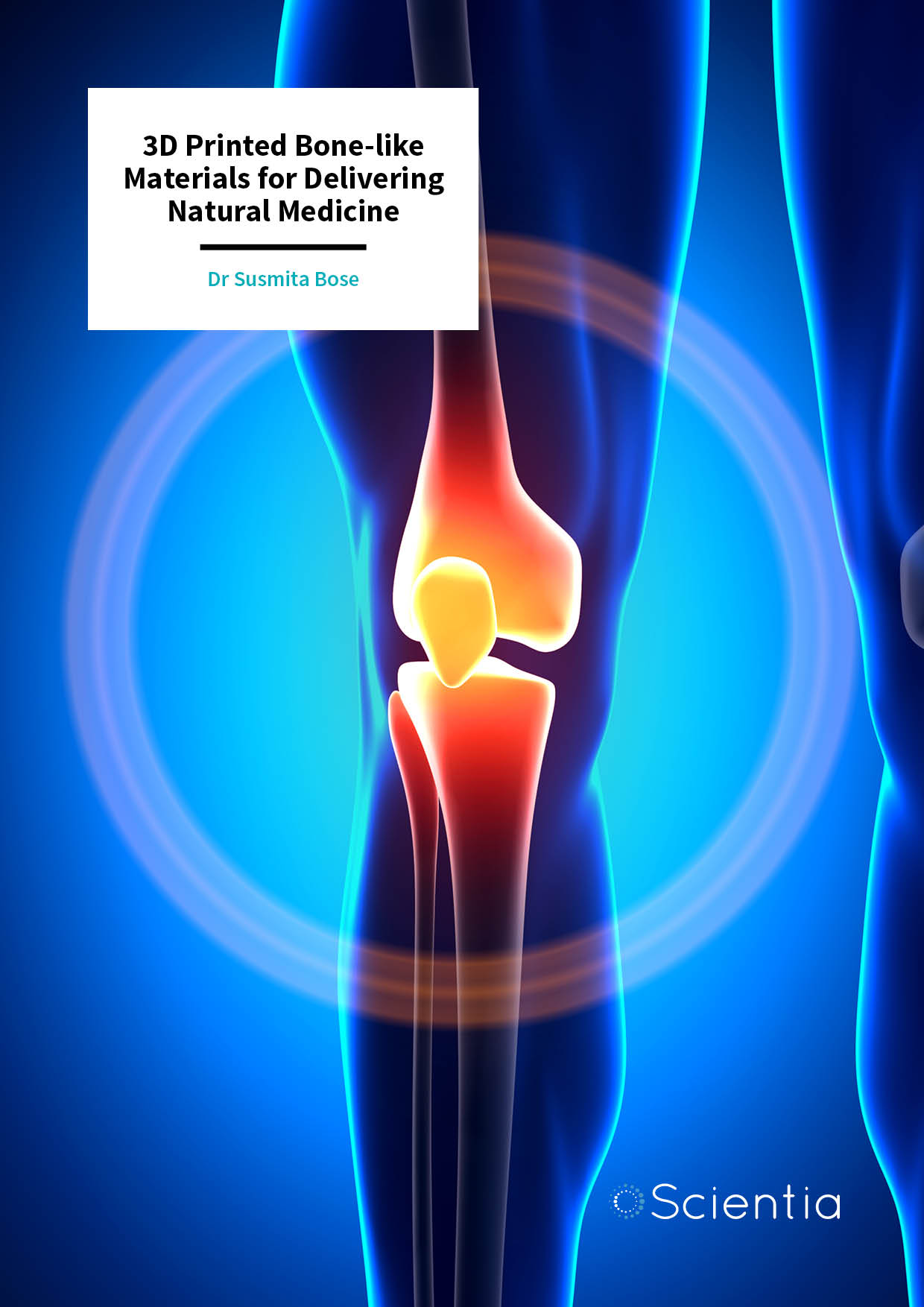
Dr Susmita Bose | 3D Printed Bone-like Materials for Delivering Natural Medicine
Some of the greatest advances in medical history have revolved around the creation of new materials that can replace damaged tissues in the body. Today, many researchers focus on creating materials that can replace damaged bone tissue, which often cannot heal naturally. Dr Susmita Bose and her team at Washington State University have been researching ways to engineer exciting new materials that mimic the structure of natural bone, allowing us to live happier, healthier, and longer lives.

Clinical Translation of Innovative Graphene-based Therapeutics 2D-Health
Two-dimensional materials, like graphene, have enriched the world of nanoscience and shown great potential for a variety of different application areas. In medicine, the use of graphene is being developed and adapted to offer novel solutions in addressing clinical challenges. The 2D-Health research programme, headed by Professor Kostas Kostarelos, is a multi-disciplinary research effort looking to engineer and refine graphene-based technologies that can be clinically utilised. Based mainly at the University of Manchester, work at 2D-Health is split into three Themes addressing needs in wound care and orthopaedic surgery, cell therapeutics and cancer immunotherapy. This exciting work is aiming to offer novel solutions in healthcare whilst deepening our knowledge of two-dimensional materials interacting with the living body.
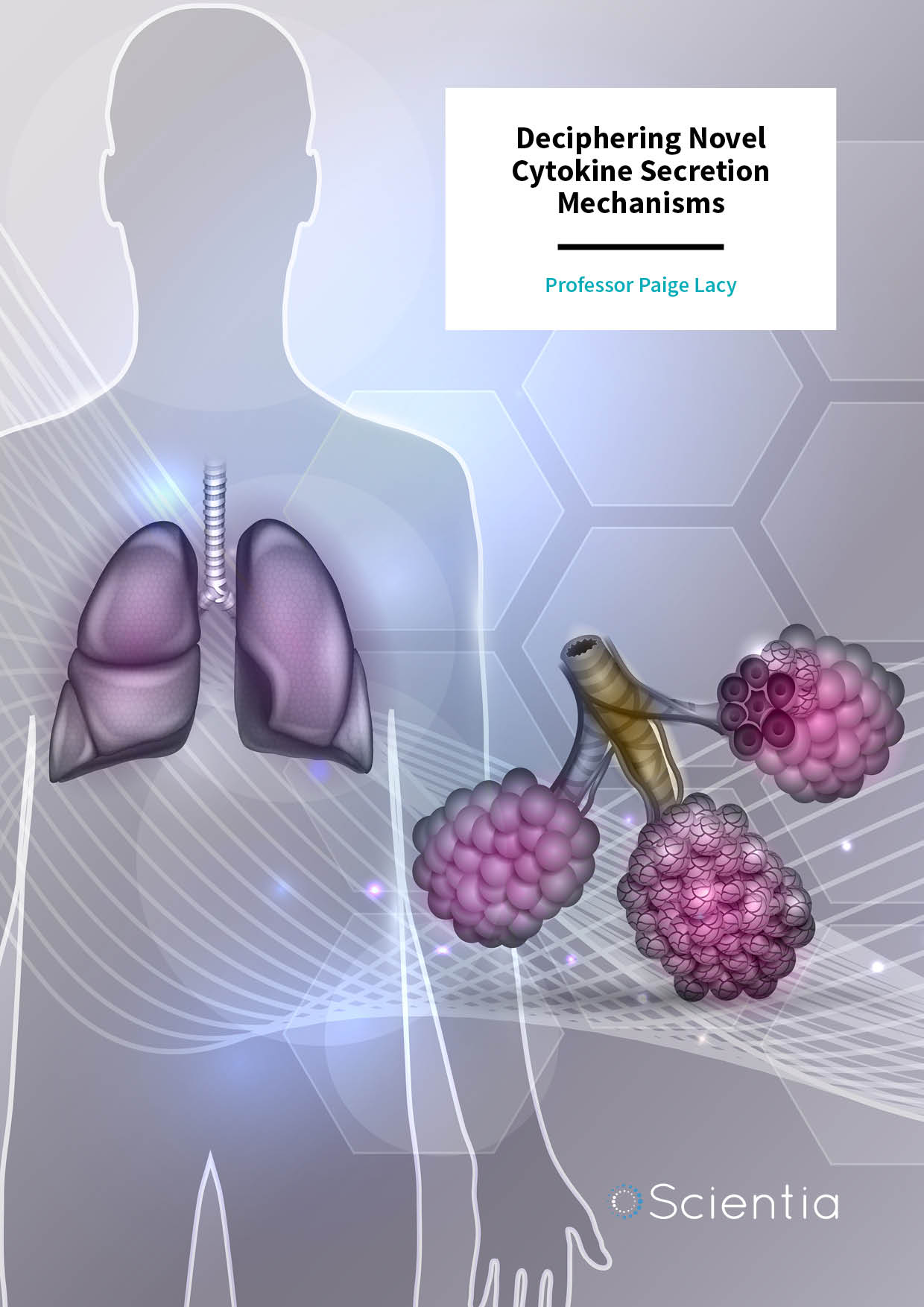
Professor Paige Lacy | Deciphering Novel Cytokine Secretion Mechanisms
Following exposure to injury or infection, the body elicits a counteractive immune response which involves many different cell types and processes. Cytokines are substances secreted by cells which play a pivotal role in the regulation of this response. Professor Paige Lacy and colleagues in the Department of Medicine at the University of Alberta in Edmonton, Canada, have conducted extensive research into the exact mechanisms underpinning the regulation of cytokine release during the immune response with a particular focus on airway inflammatory disorders.
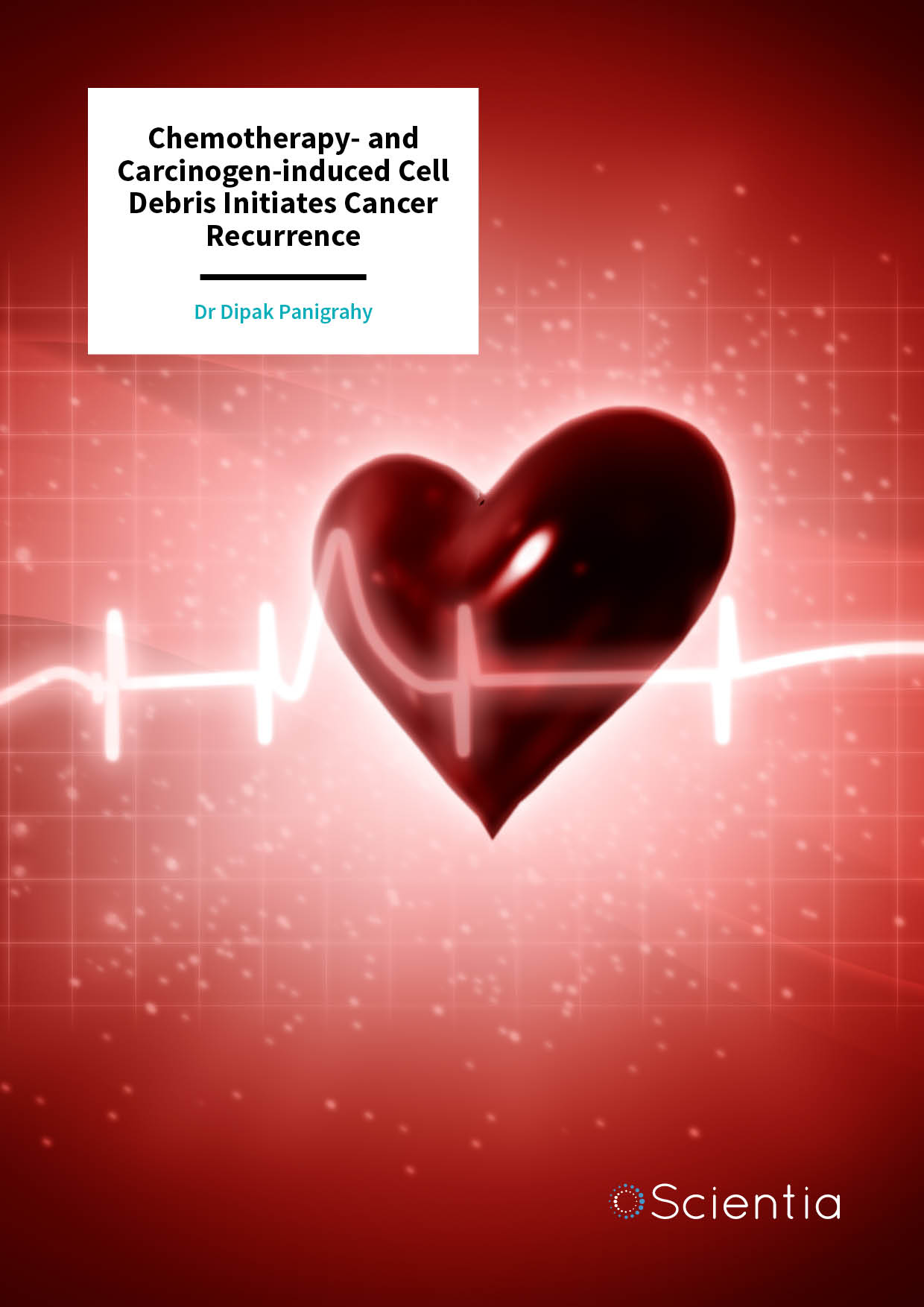
Dr Dipak Panigrahy | Chemotherapy- and Carcinogen-induced Cell Debris Initiates Cancer Recurrence
Chemotherapy, one of the mainstays of cancer treatment, can unfortunately act as a double-edged sword. While achieving the intended aim of killing cancerous cells, it also generates an accumulation of cell debris, which in turn, promotes tumour growth by stimulating inflammation in the tumour microenvironment. Dr Dipak Panigrahy and his colleagues from Harvard Medical School, USA, have conducted several studies in mice showing that targeting the tumour cell debris-mediated surge of proinflammatory and protumourigenic factors provides a strategy for enhancing the efficacy of chemotherapy.

Dr Doug Brugge | The Community Assessment of Freeway Exposure and Health Studies: Minimising Exposure to Traffic-related Air Pollution
People who live close to busy roads and highways are exposed to high levels of traffic-related air pollution. This puts them at risk of significant health difficulties such as high blood pressure, heart attacks and cancer. The Community Assessment of Freeway Exposure and Health Studies led by Dr Doug Brugge from the University of Connecticut represent community-engaged research into the biological impact of high exposure to pollution and importantly, possible solutions to this. This work has shown that high-efficiency particulate arrestance filters are one promising intervention for minimising exposure to pollution and thus improving health.
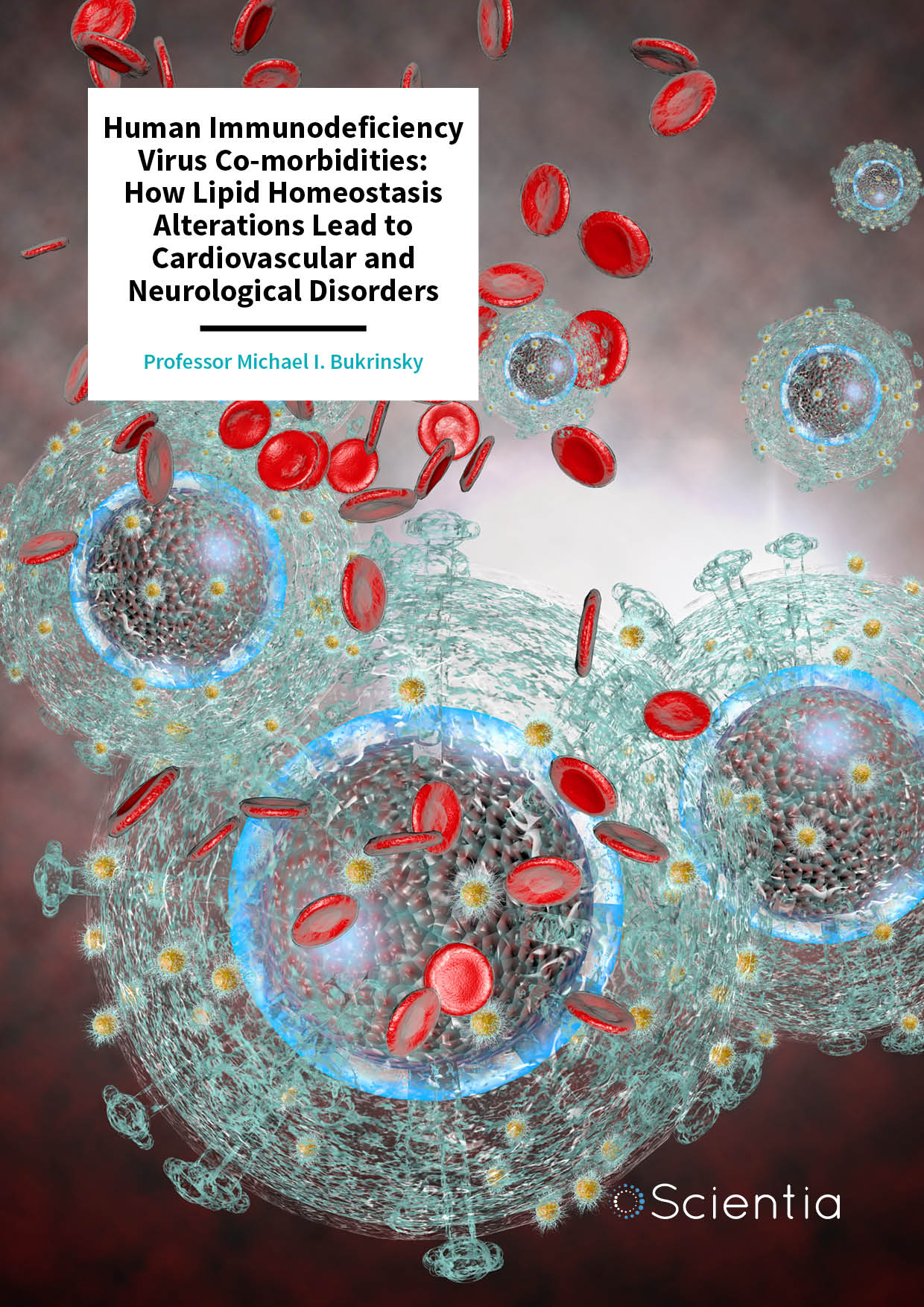
Professor Michael Bukrinsky | Human Immunodeficiency Virus Co-morbidities: How Lipid Homeostasis Alterations Lead to Cardiovascular and Neurological Disorders
Although human immunodeficiency virus (HIV) is still prevalent worldwide, life-saving antiretroviral drugs can now prevent an infection from progressing into acquired immunodeficiency syndrome (AIDS). Nevertheless, people who are HIV-positive are still at increased risk of developing neurological disorders and cardiovascular diseases, known as co-morbidities. Professor Michael Bukrinsky from the George Washington University in Washington DC works to understand the underlying biological mechanisms that lead to these disorders. His research has produced interesting results that demonstrate the role of altered lipid (cholesterol) homeostasis in HIV-infected cells and how this comes to pass.
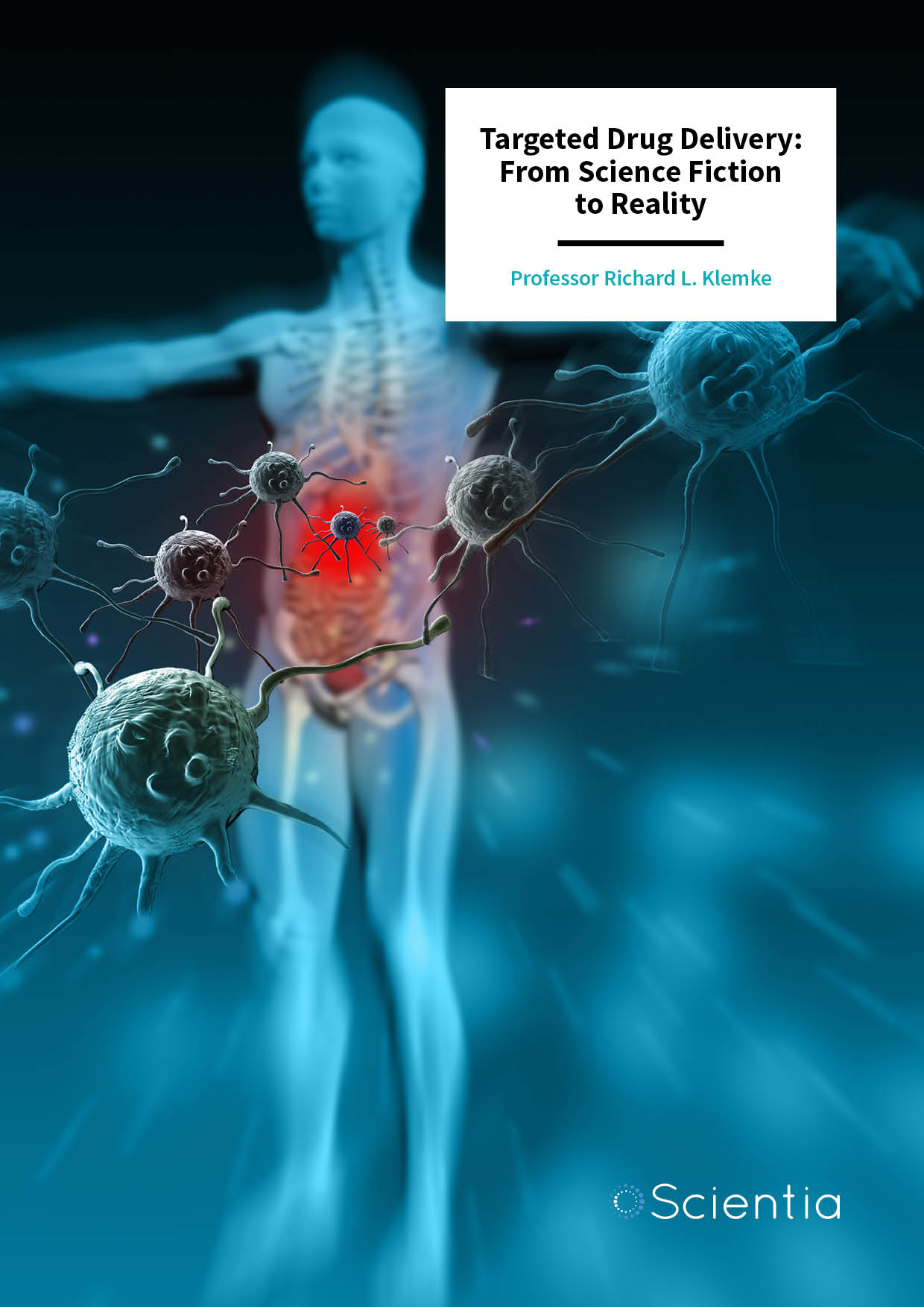
Professor Richard Klemke | Targeted Drug Delivery: From Science Fiction to Reality
Most human diseases are localised in terms of their location but currently, injected or orally administered drugs are evenly distributed all over the body and thus, act indiscriminately. The targeted delivery of medication to the exact site where it is needed is a common theme in science fiction but thanks to Professor Richard Klemke and his team at the University of California San Diego’s Moores Cancer Center, this fantasy may soon become a reality.
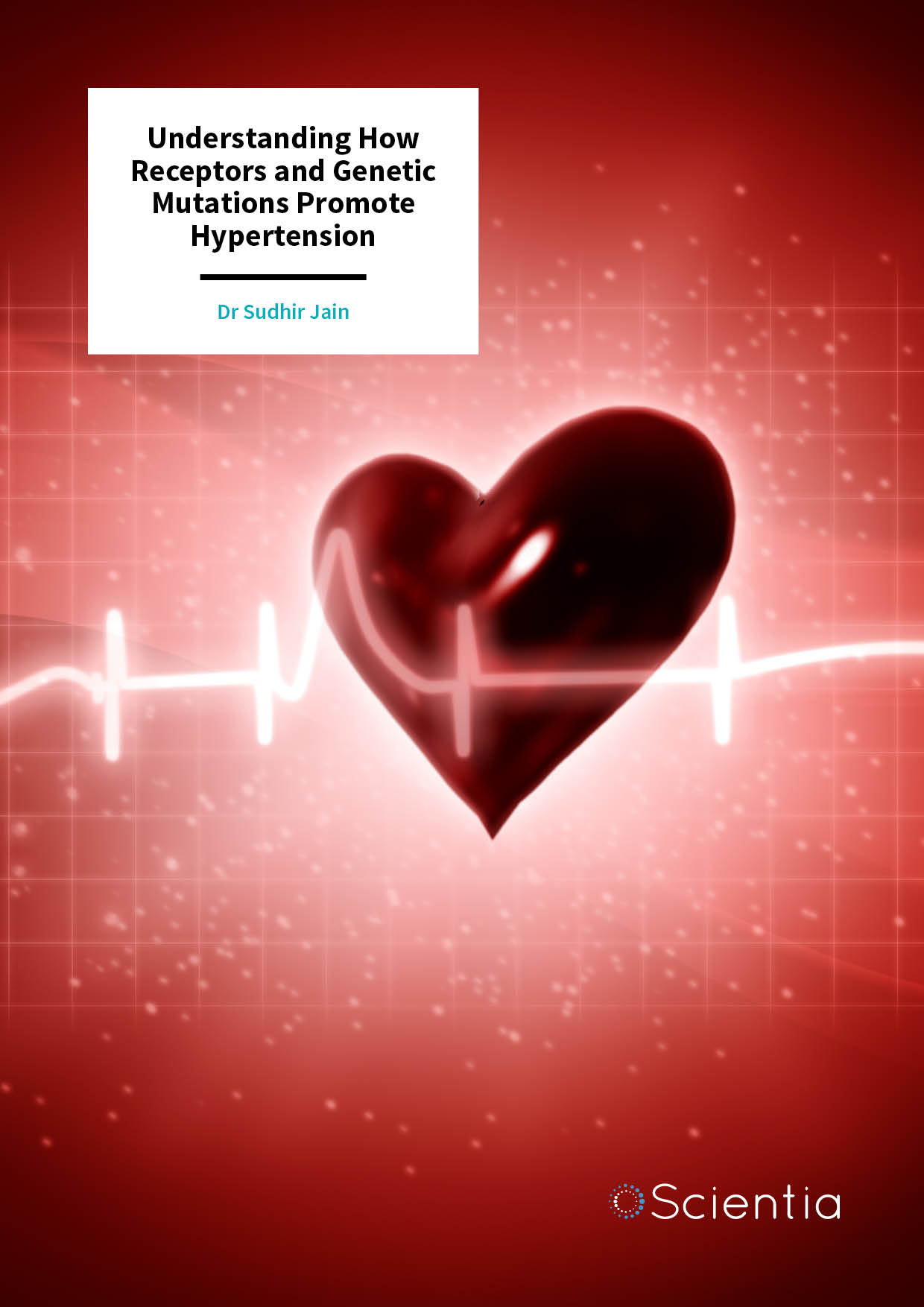
Dr Sudhir Jain | Understanding How Receptors and Genetic Mutations Promote Hypertension
Hypertension (high blood pressure) is a common health issue in adults that can lead to numerous co-morbidities. For hypertension to develop, a pathway called the renin-angiotensin-aldosterone system needs to be activated, and a vital part of this system involves the angiotensin 1 receptor. Dr Sudhir Jain from New York Medical College studies this receptor and how specific groups of genetic mutations, known as haplotypes, promote hypertension under different conditions.
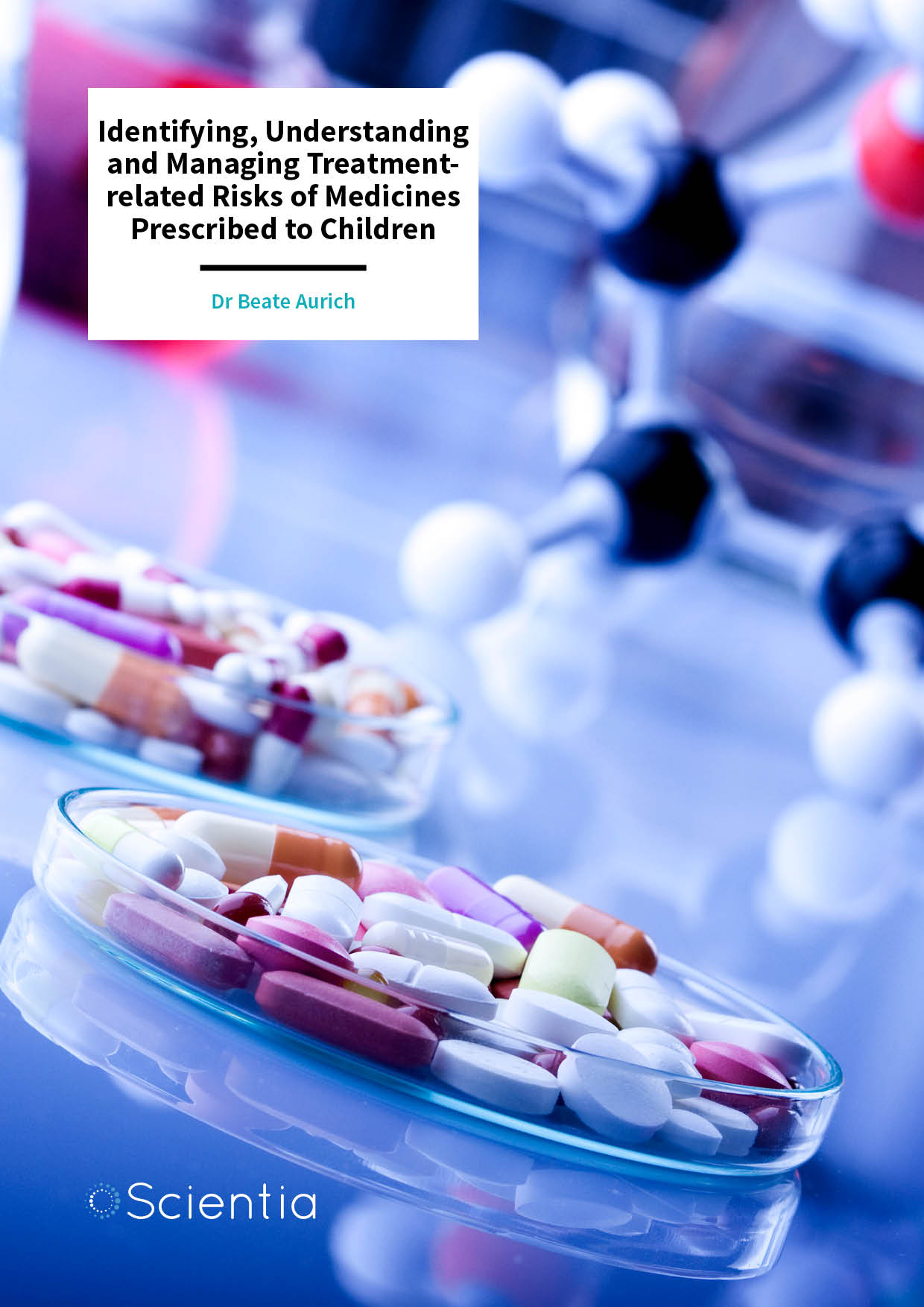
Dr Beate Aurich | Identifying, Understanding and Managing Treatment-related Risks of Medicines Prescribed to Children
The relatively new field of paediatric pharmacovigilance aims to improve the clinical care of children by understanding and appropriately managing the risks of medicines administered to this group of patients. Dr Beate Aurich is an established expert in this field, and with colleagues, has published an article on the practical aspects of paediatric pharmacovigilance. She notes that the assessment of the benefit-risk balance of available treatment options should be based on multidisciplinary efforts and include both children and their families.
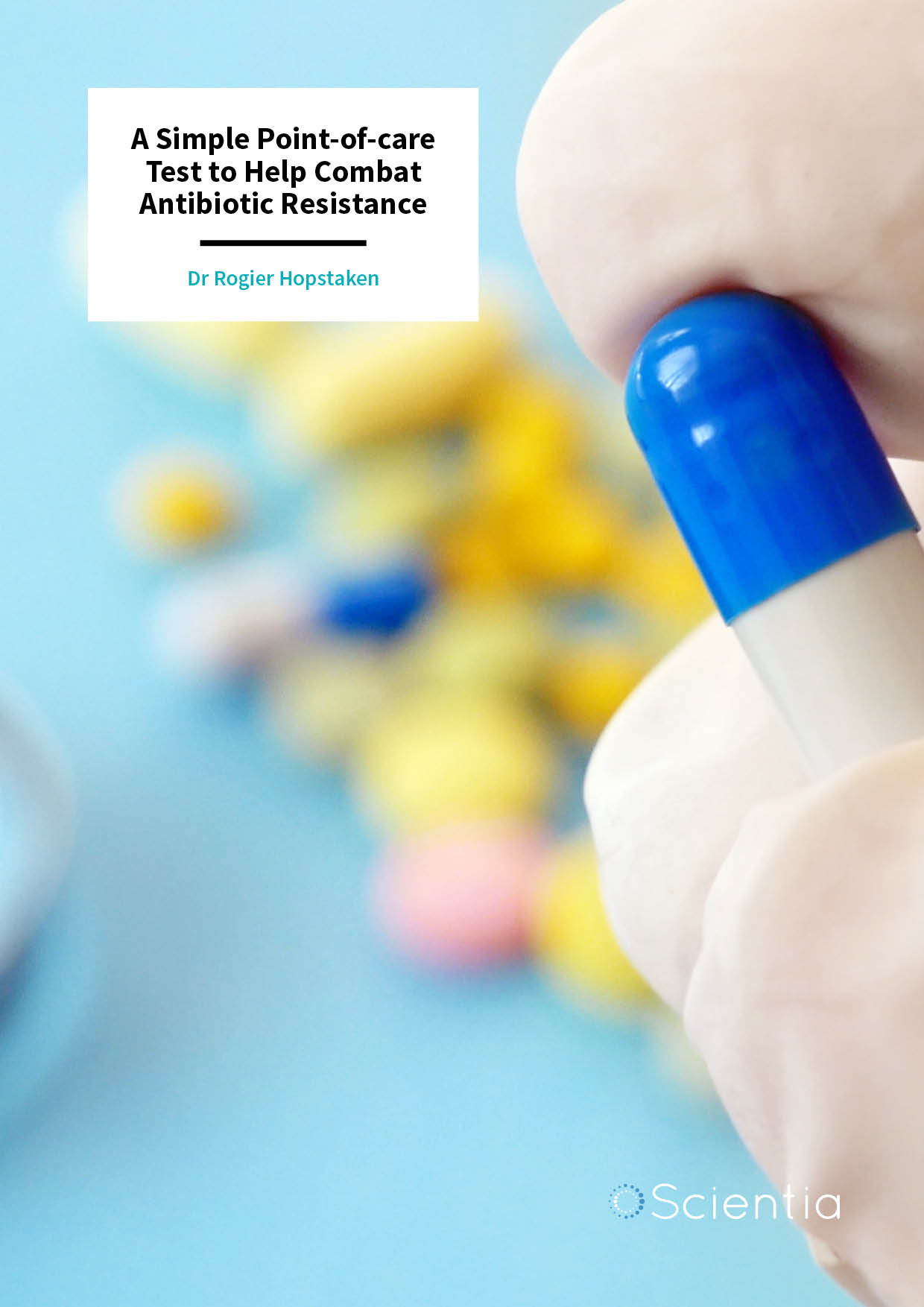
Dr Rogier Hopstaken | A Simple Point-of-care Test to Help Combat Antibiotic Resistance
As the strains of bacteria that are not killed by antibiotics proliferate, increasing numbers of people are at risk of severe illness and even death. Dr Rogier Hopstaken from Star-shl Diagnostic Centres in the Netherlands has shown that a simple, yet effective technique may be the answer to antibiotic over-prescription. A C-reactive protein test at primary points of care can indicate whether a patient with a respiratory tract infection has a severe (bacterial) infection and thus, whether antibiotics are required. This test may be our best tool yet to help combat antibiotic resistance in primary care.
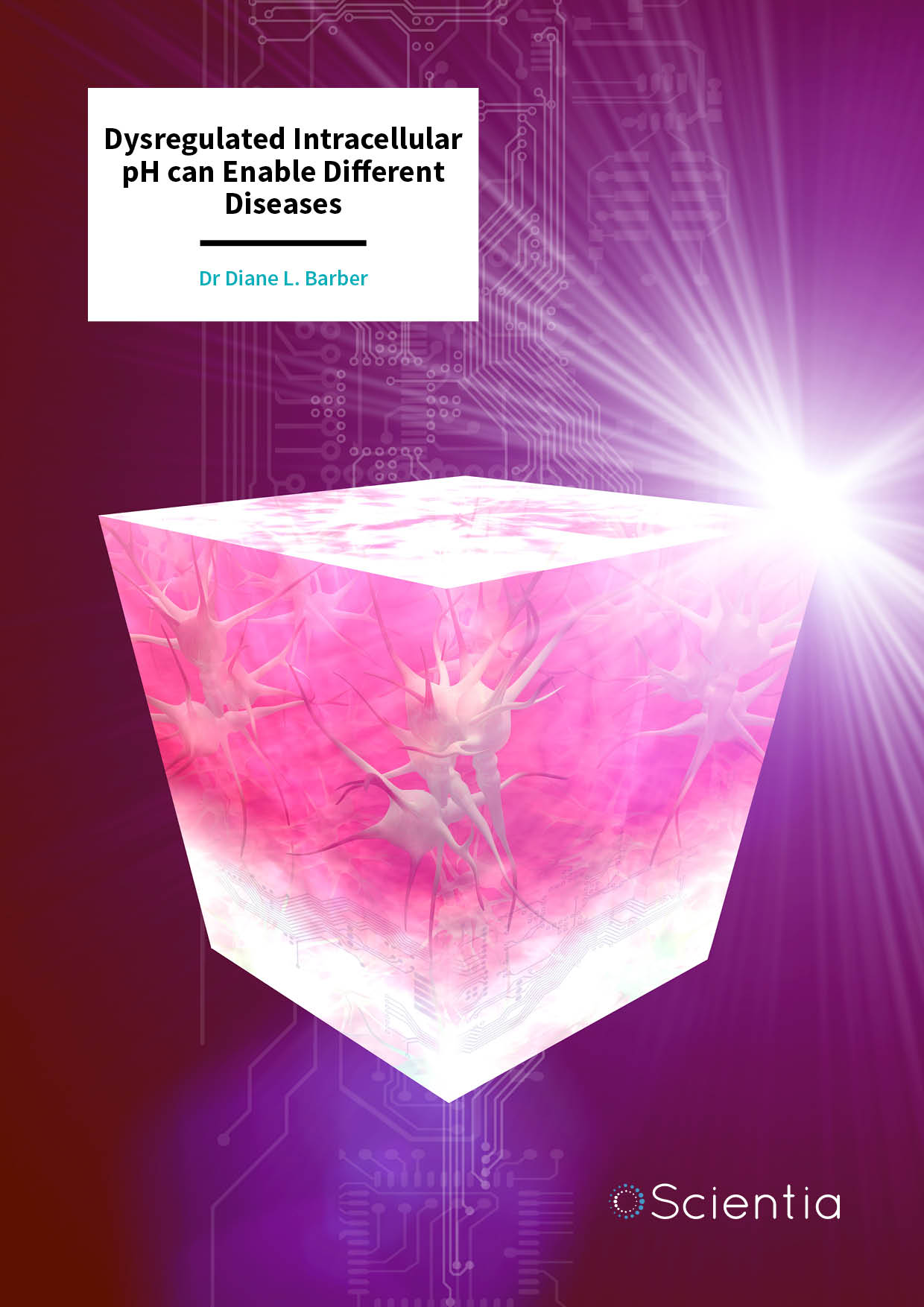
Dr Diane Barber | Dysregulated Intracellular pH can Enable Different Diseases
The pH inside our cells is constantly changing, but also carefully controlled within certain limits. Dynamic intracellular pH (pHi) is essential for normal cell behaviours, but when it becomes dysregulated, it can enable an array of diseases from cancer to Alzheimer’s. Dr Diane Barber from the University of California San Francisco has carried out extensive research into how normal pHi dynamics regulate cell behaviours and the impact that dysregulated pHi can have in different diseases.

Professor Bevin Engelward | There’s Something in the Water: N-nitrosodimethylamine
N-nitrosodimethylamine (NDMA for short) is a worryingly prevalent, potentially potent carcinogen found in food, water, cigarettes and medical drugs. Researchers at the Massachusetts Institute of Technology, USA, are working to better understand what NDMA does and how cells can defend themselves from its effects, with important implications for public health.
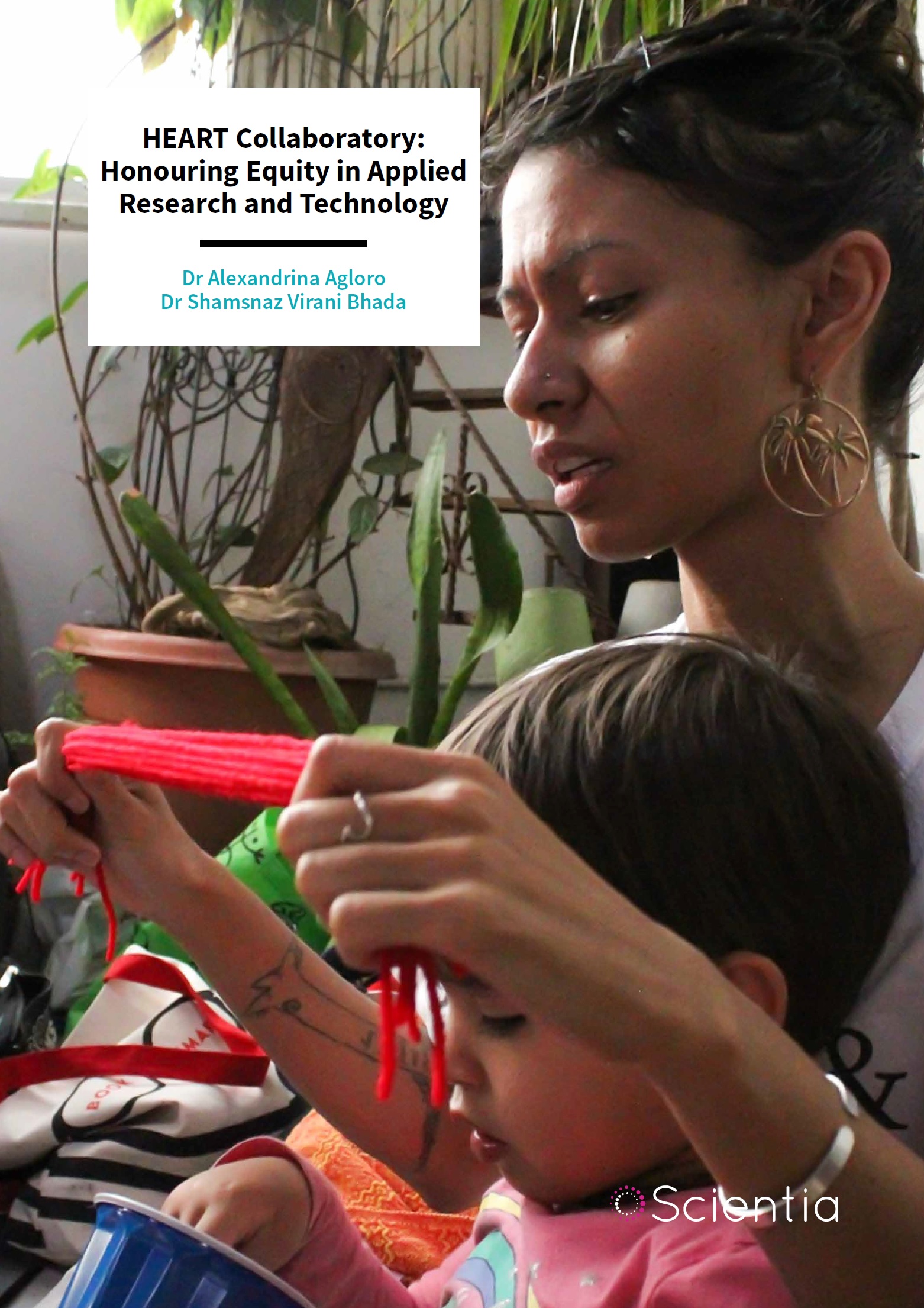
Dr Alexandrina Agloro | Dr Shamsnaz Virani Bhada – HEART Collaboratory: Honouring Equity in Applied Research and Technology
Traditionally, research and technology development are top-down processes, which do not closely consider the needs of study participants or potential users. Dr Alexandrina Agloro at Arizona State University and Dr Shamsnaz Virani Bhada at Worcester Polytechnic Institute have recently created the HEART Collaboratory. This collaboration conducts community-based research that closely considers the needs, humanity and culture of all stakeholders and study participants.
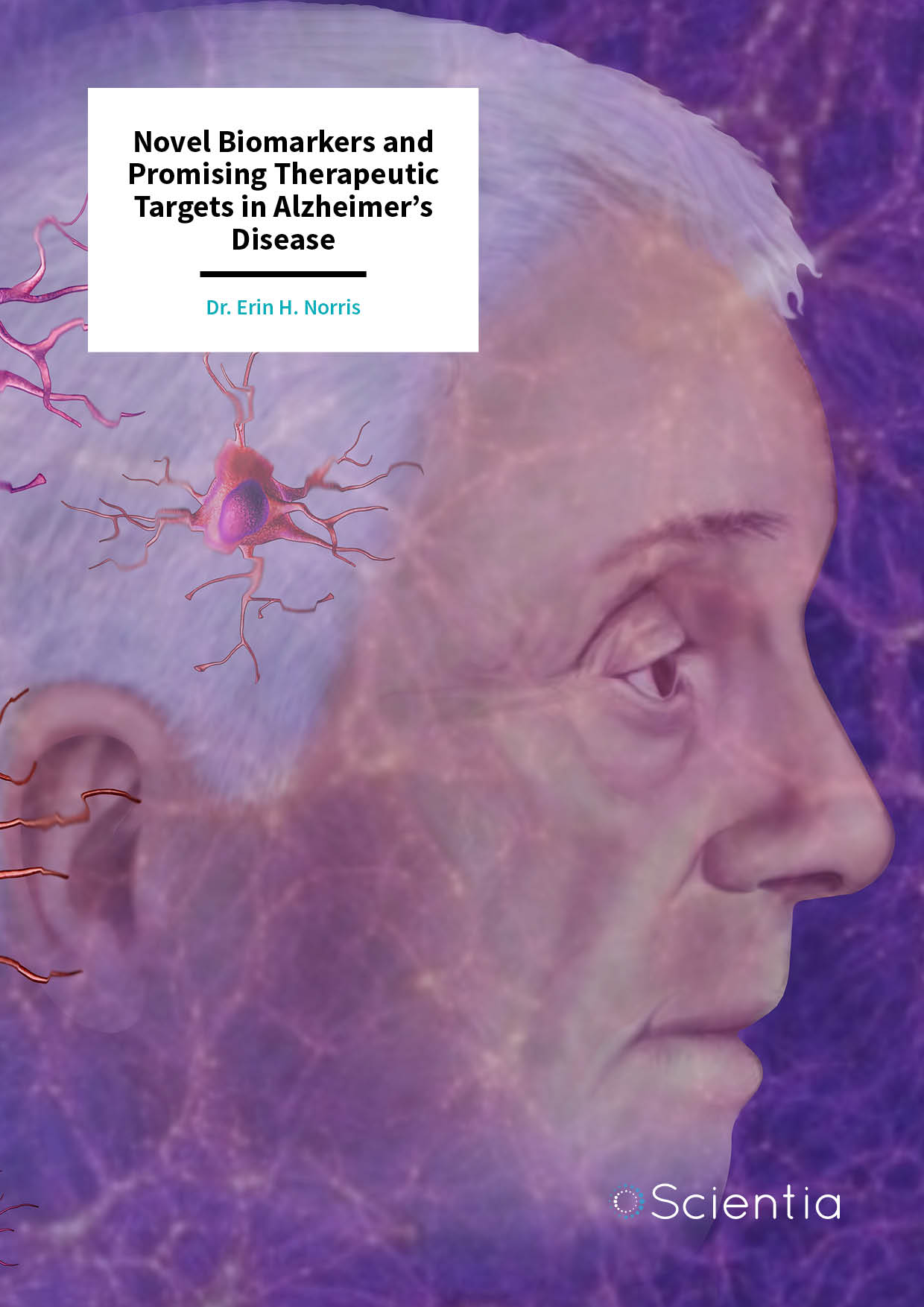
Dr. Erin Norris – Novel Biomarkers and Promising Therapeutic Targets in Alzheimer’s Disease
Alzheimer’s disease is a form of dementia that affects tens of millions of people globally. Although we can modestly improve the quality of life of patients, there is currently no cure, largely because the underlying biological mechanisms of the disease are poorly defined. Understanding the abnormal molecular characteristics of Alzheimer’s disease is the focus of Dr. Erin Norris’s research at The Rockefeller University. By studying the dysfunction of the plasma contact system, which may result in abnormal coagulation and inflammation that may lead to Alzheimer’s disease, Dr. Norris and her colleagues have uncovered novel biomarkers, paving the way for exciting new therapeutics.
